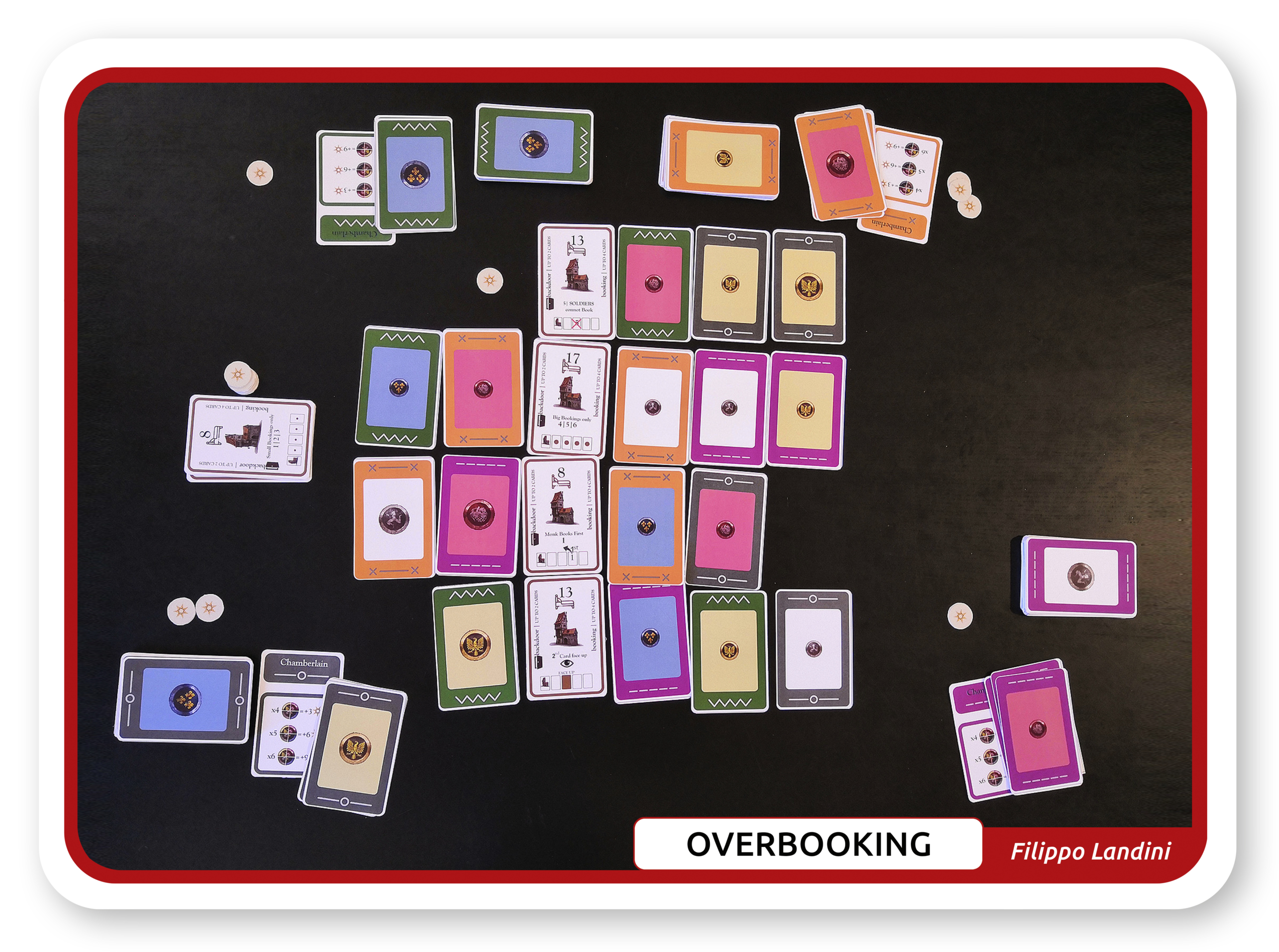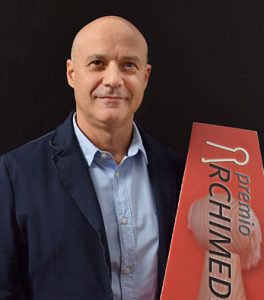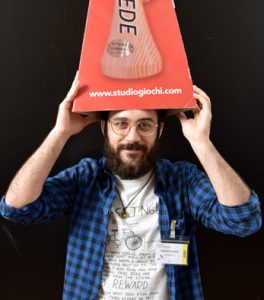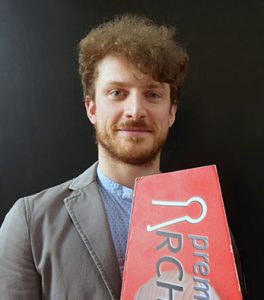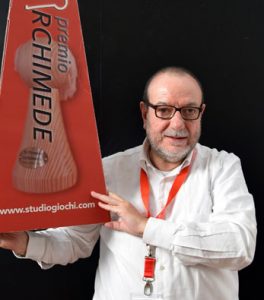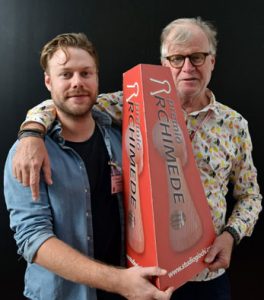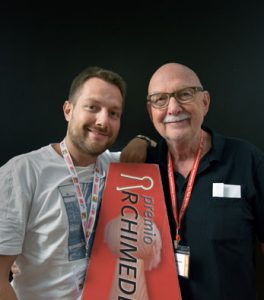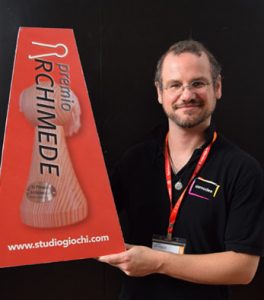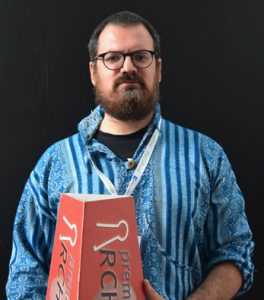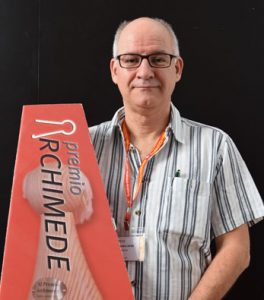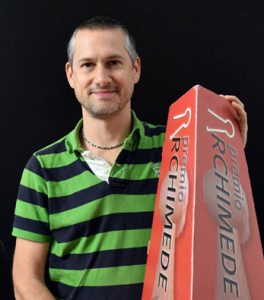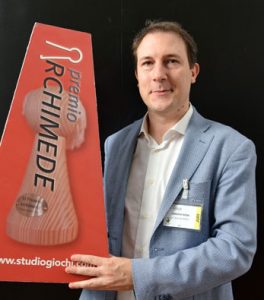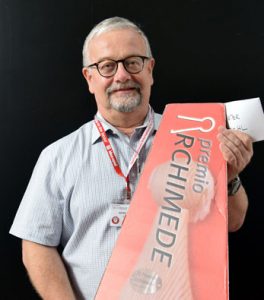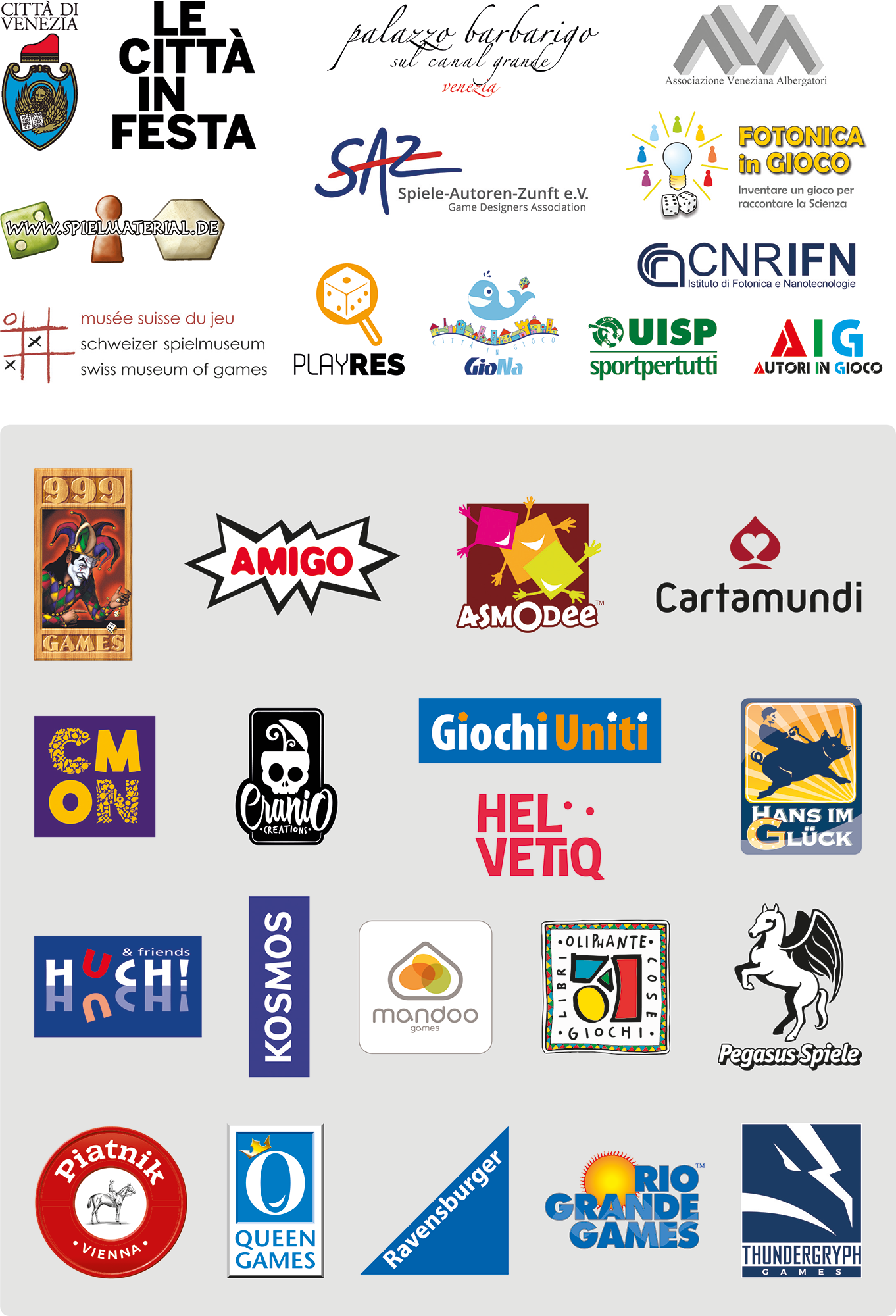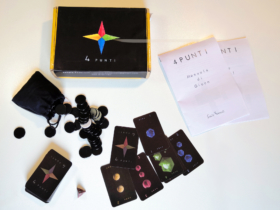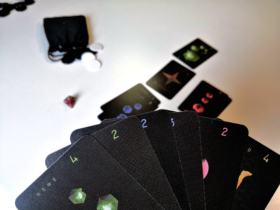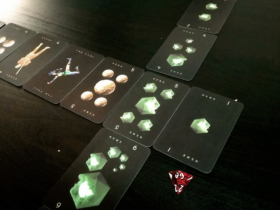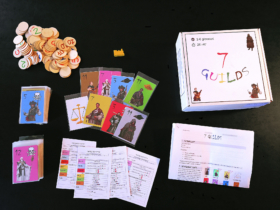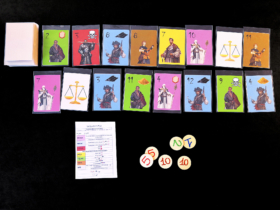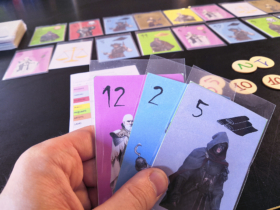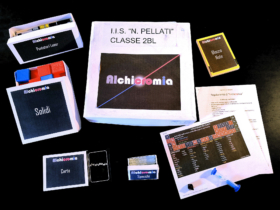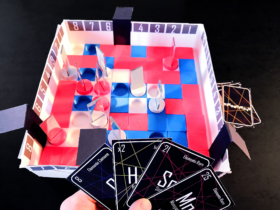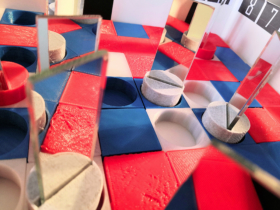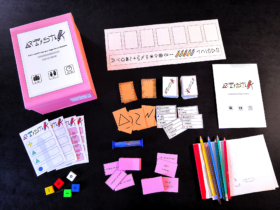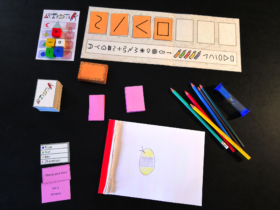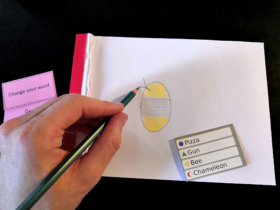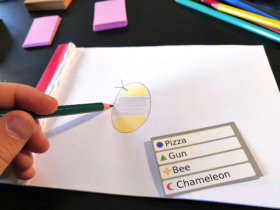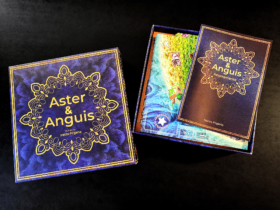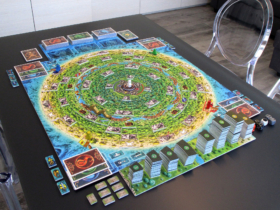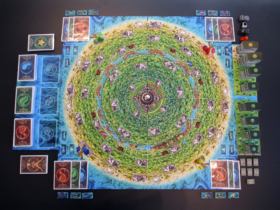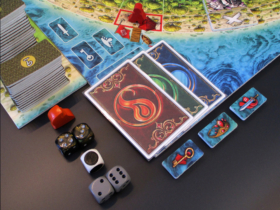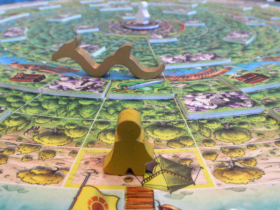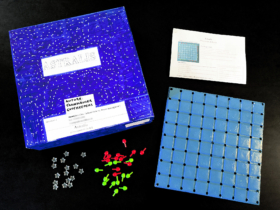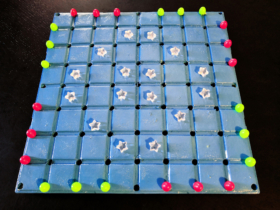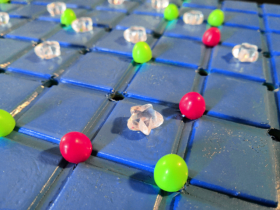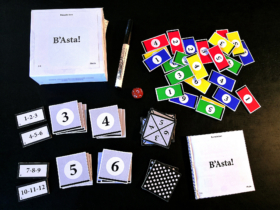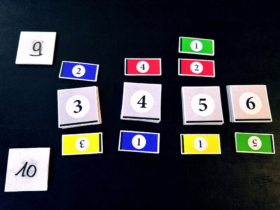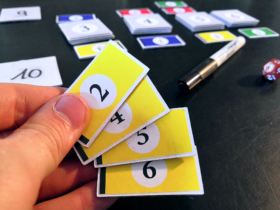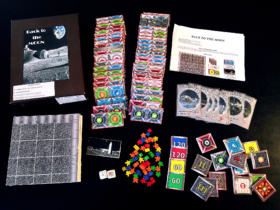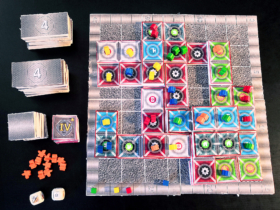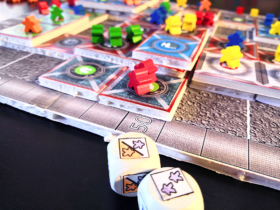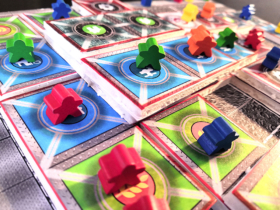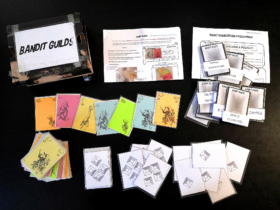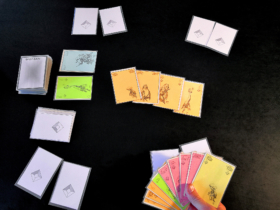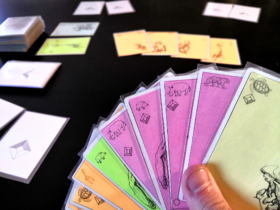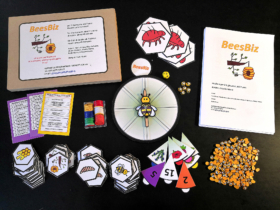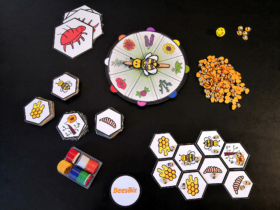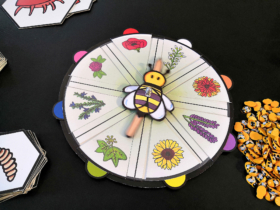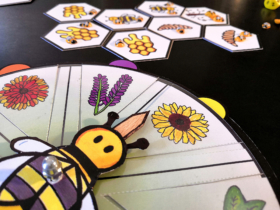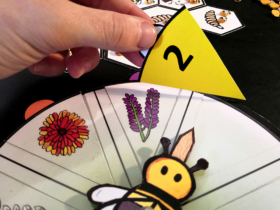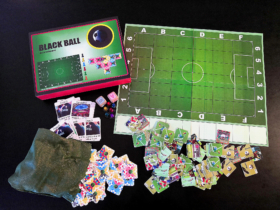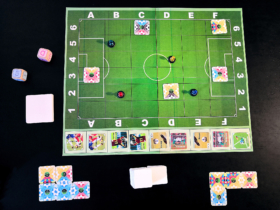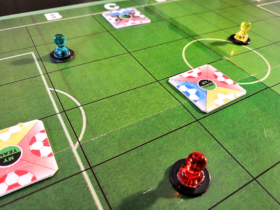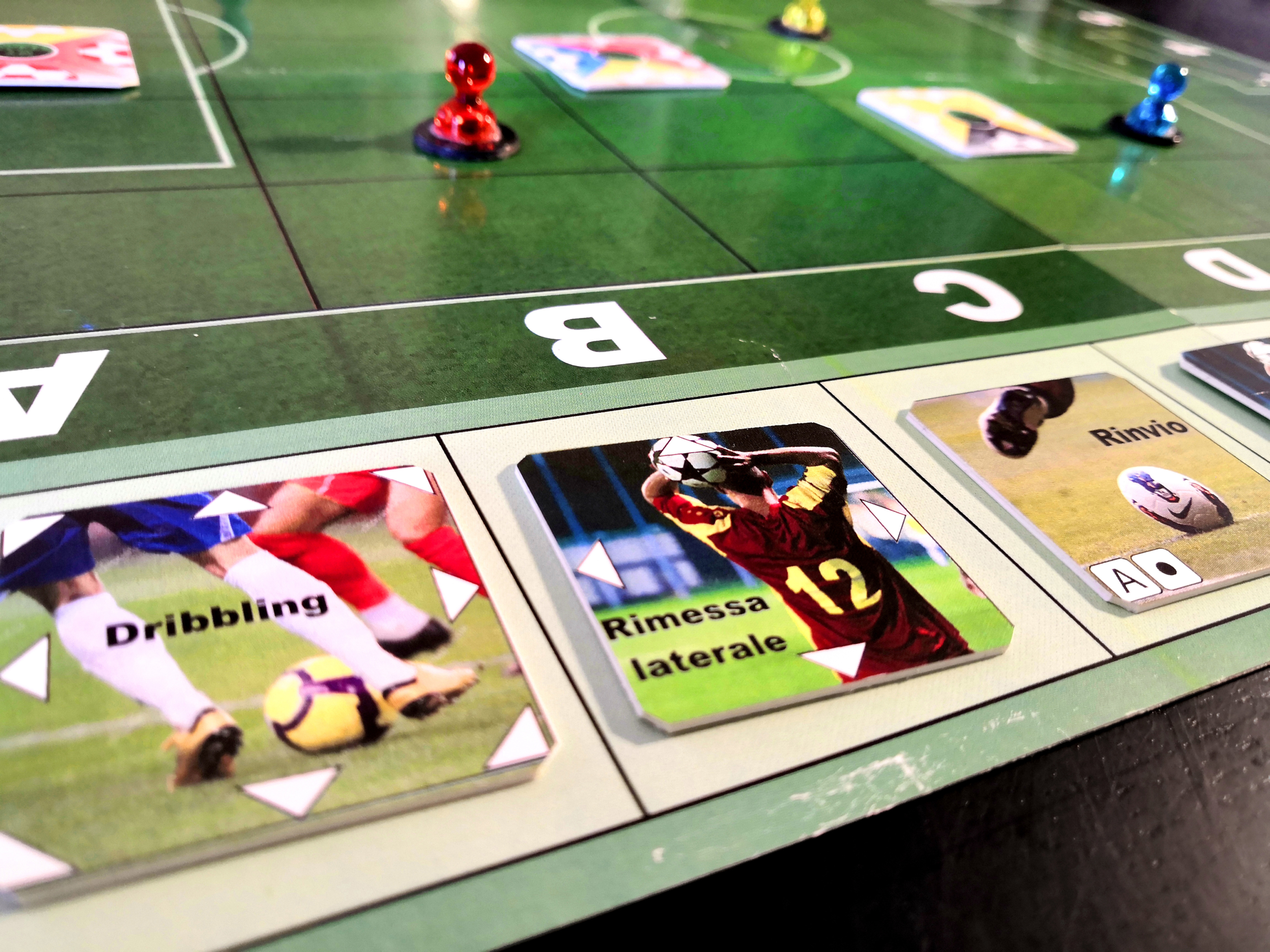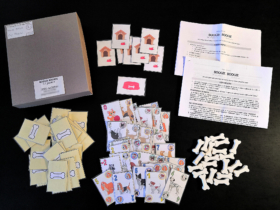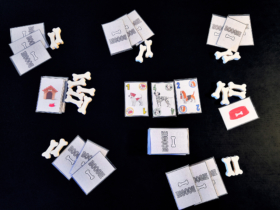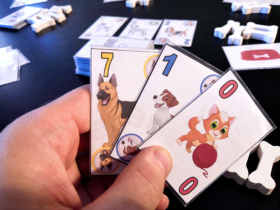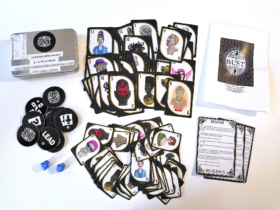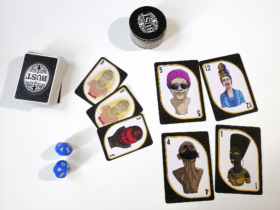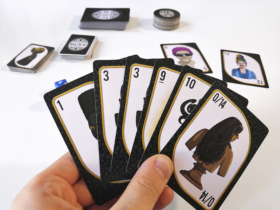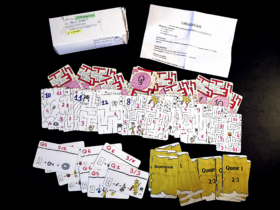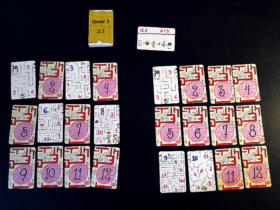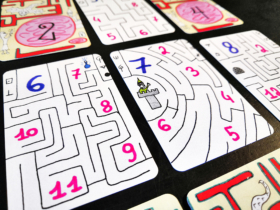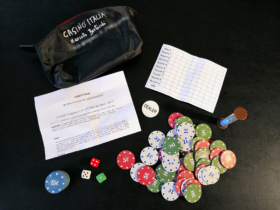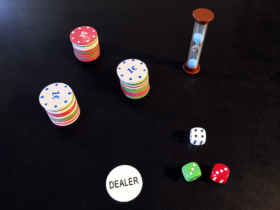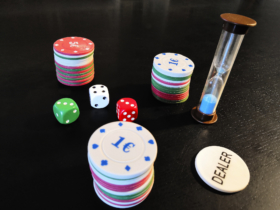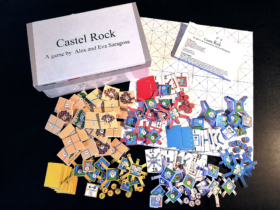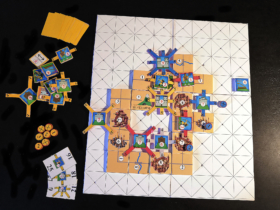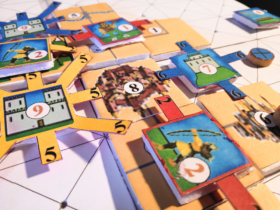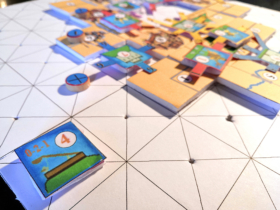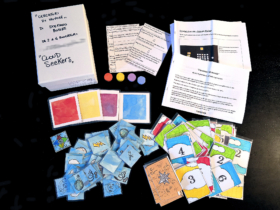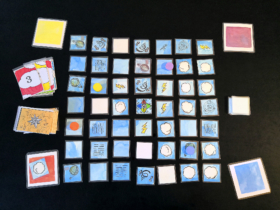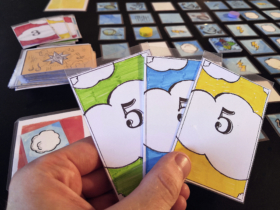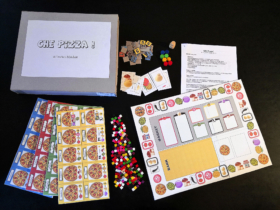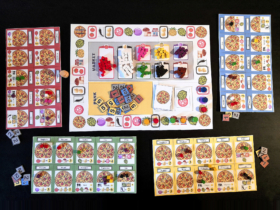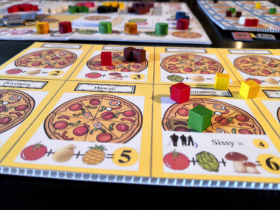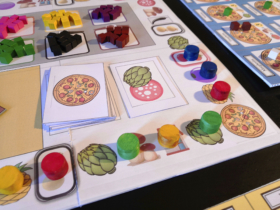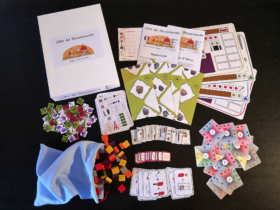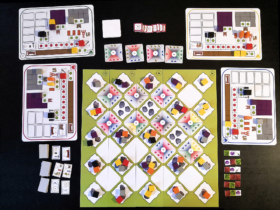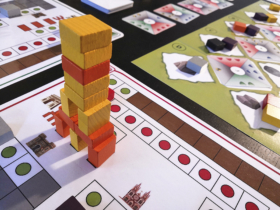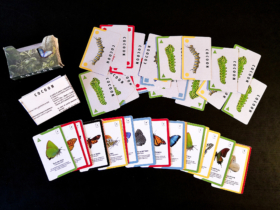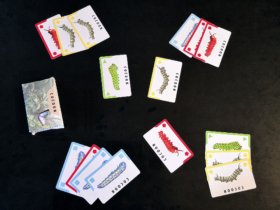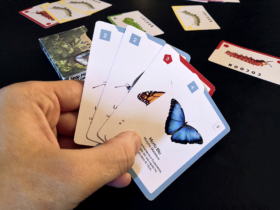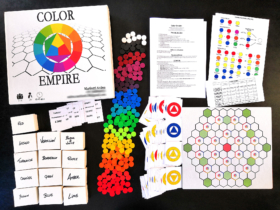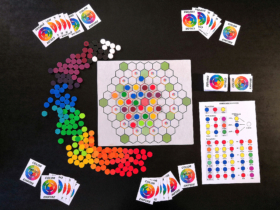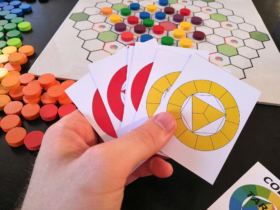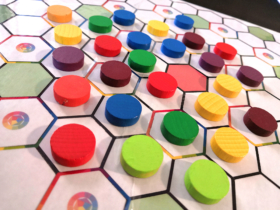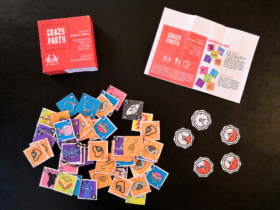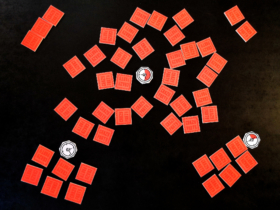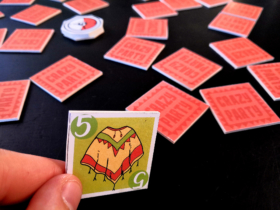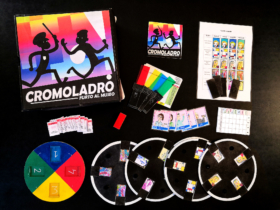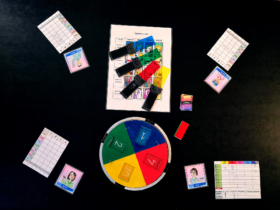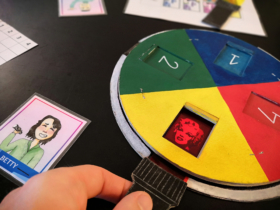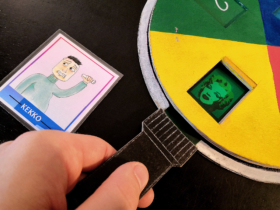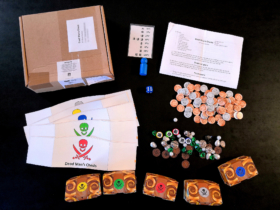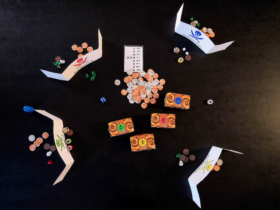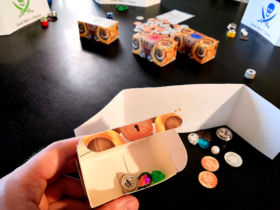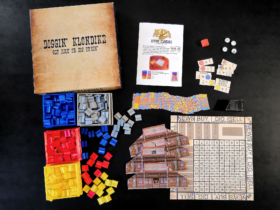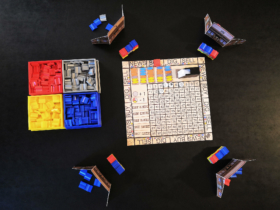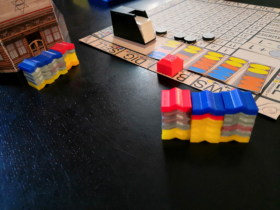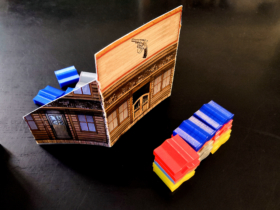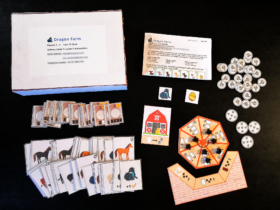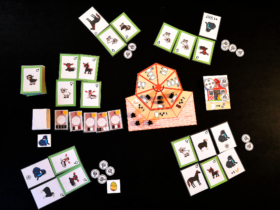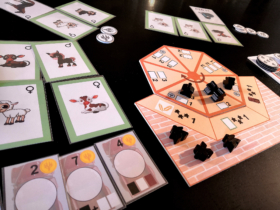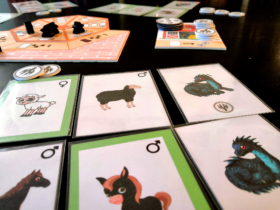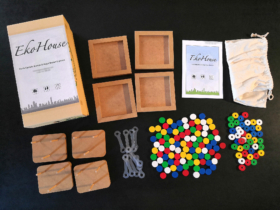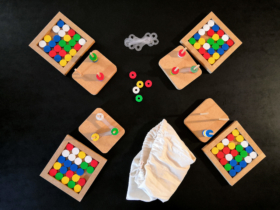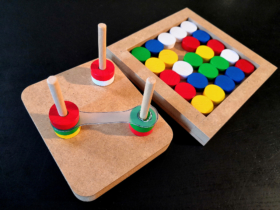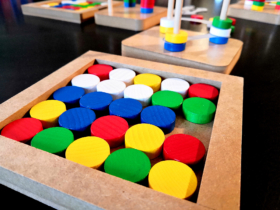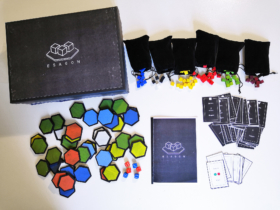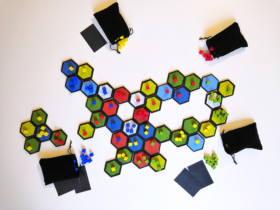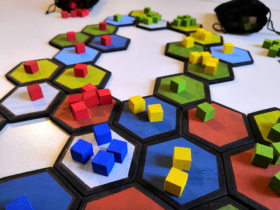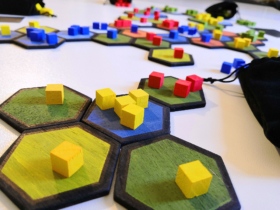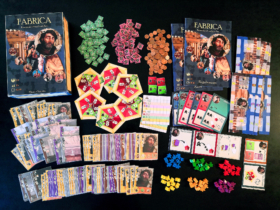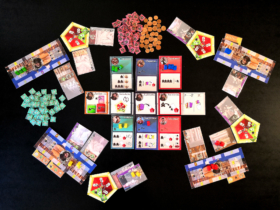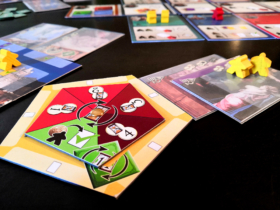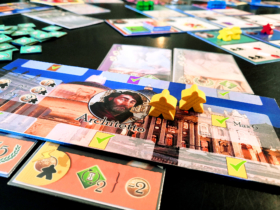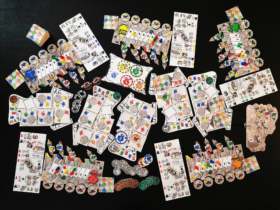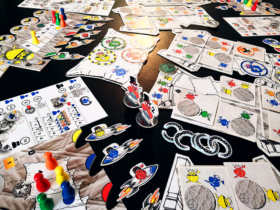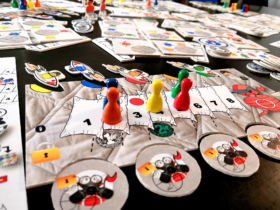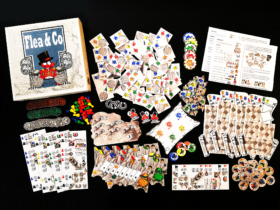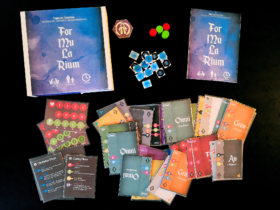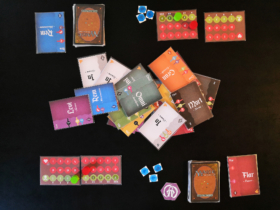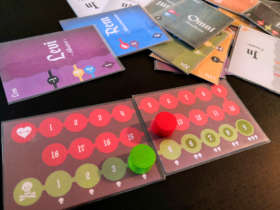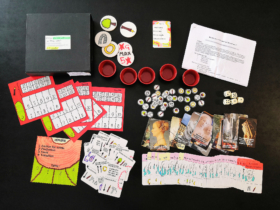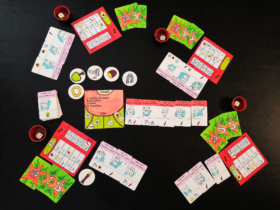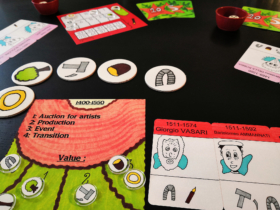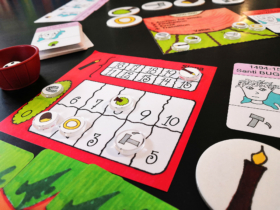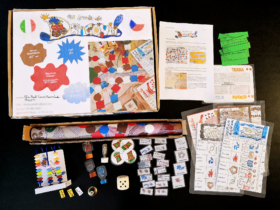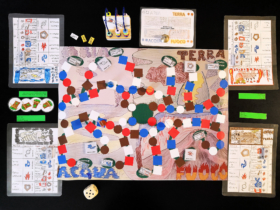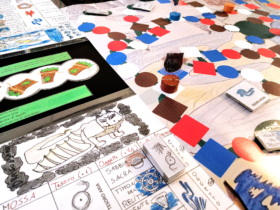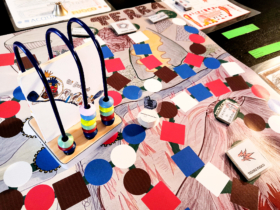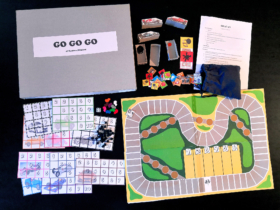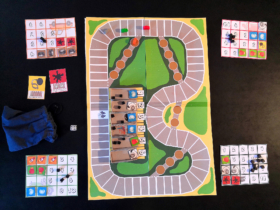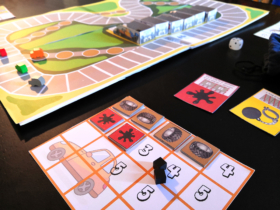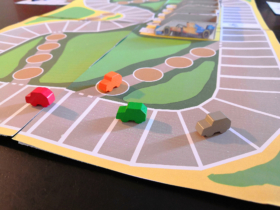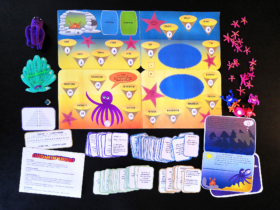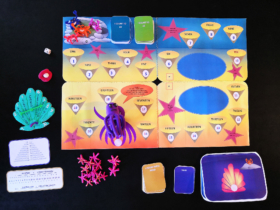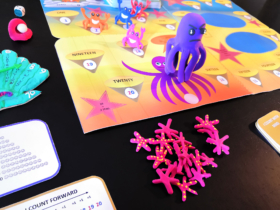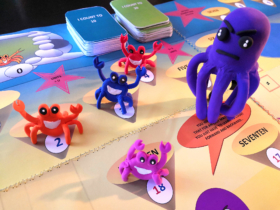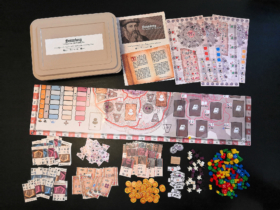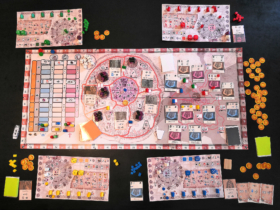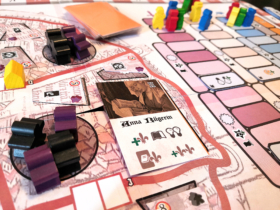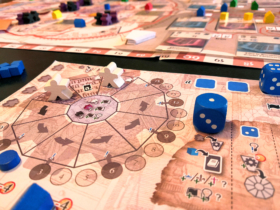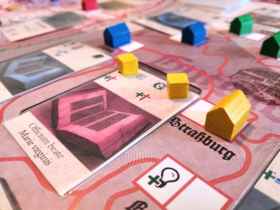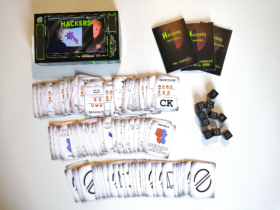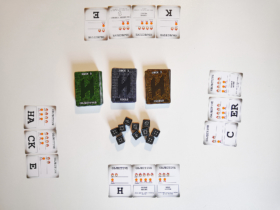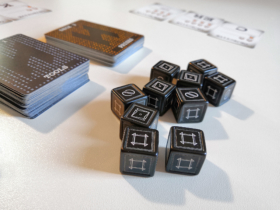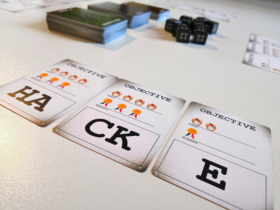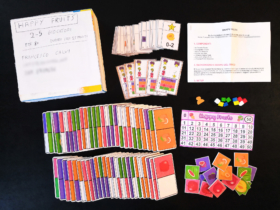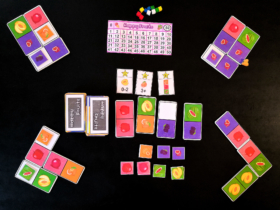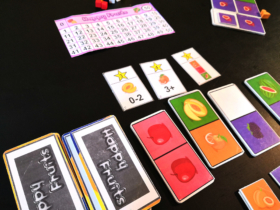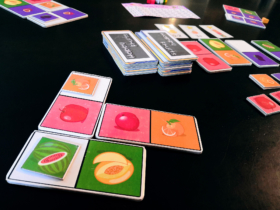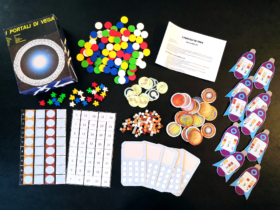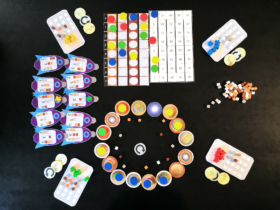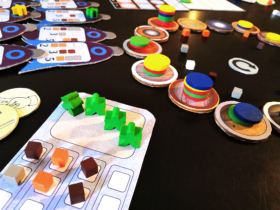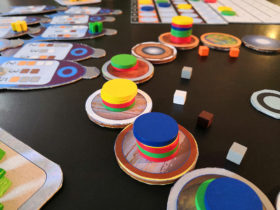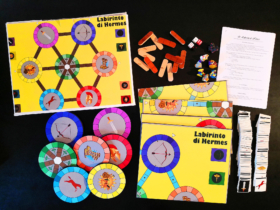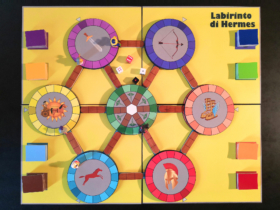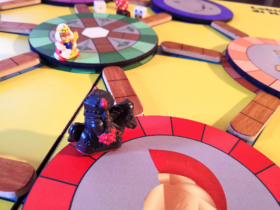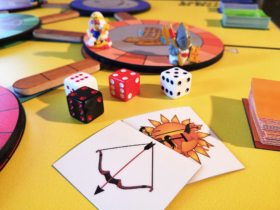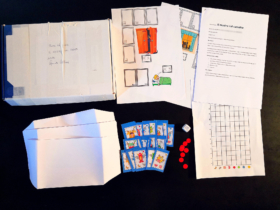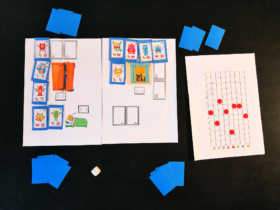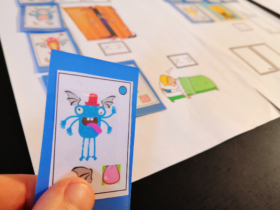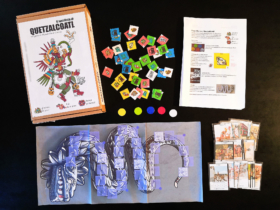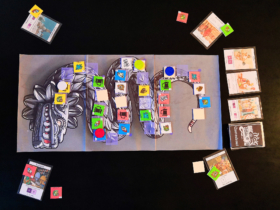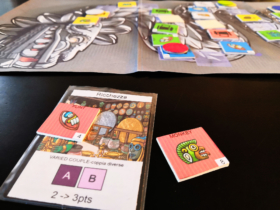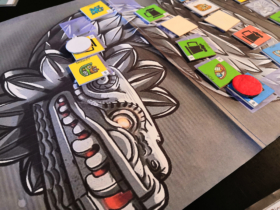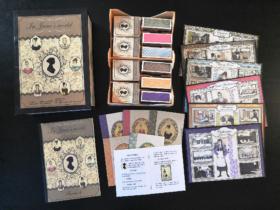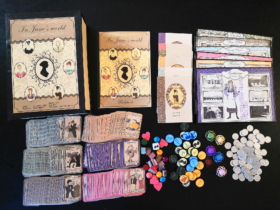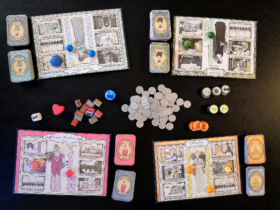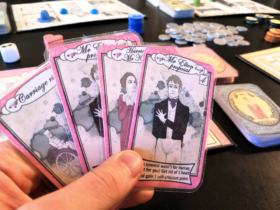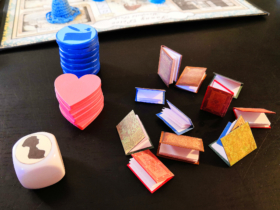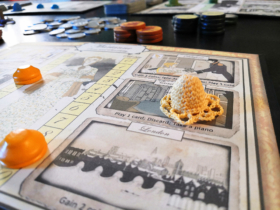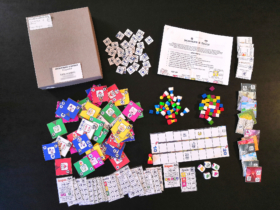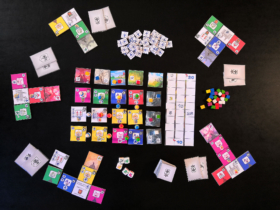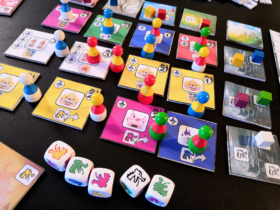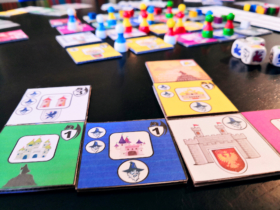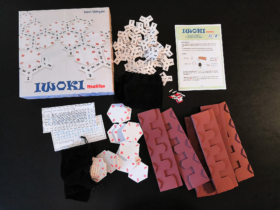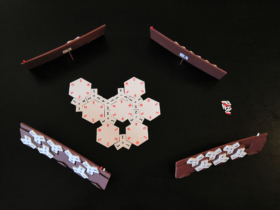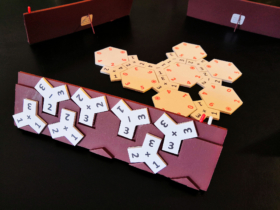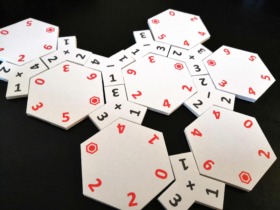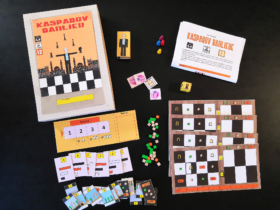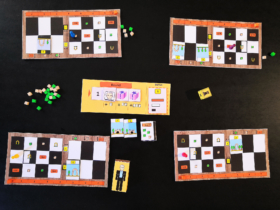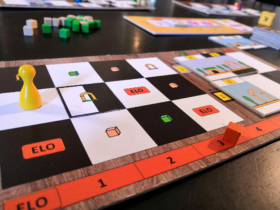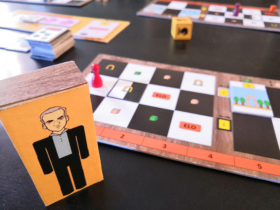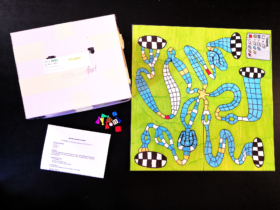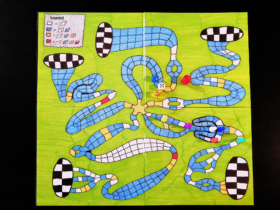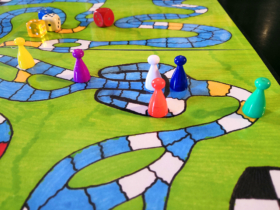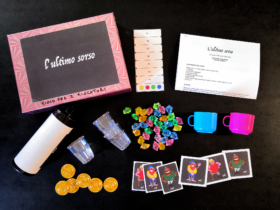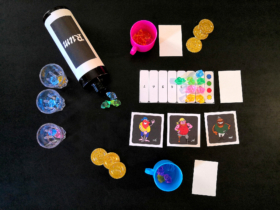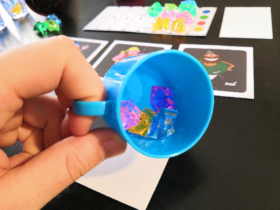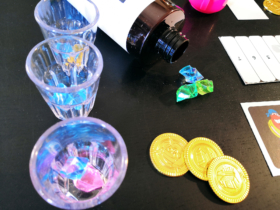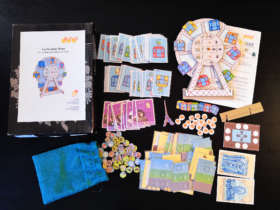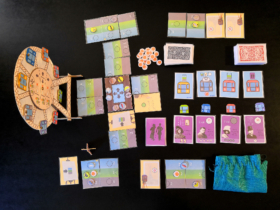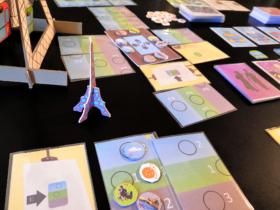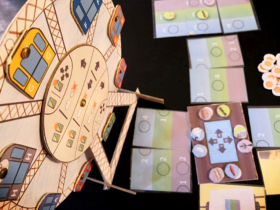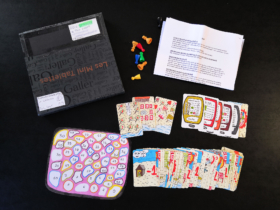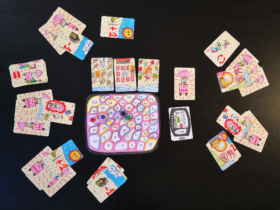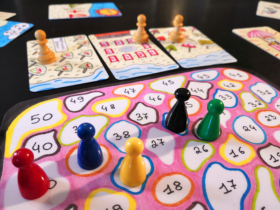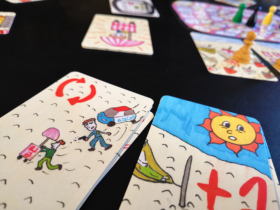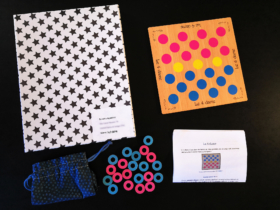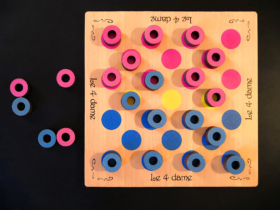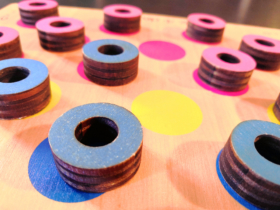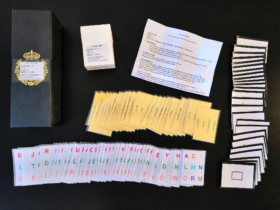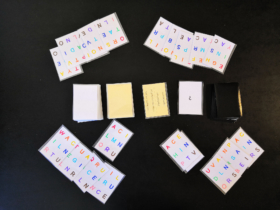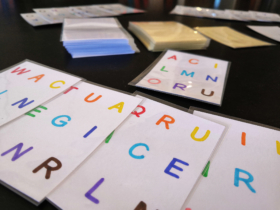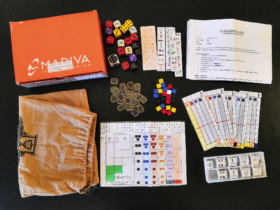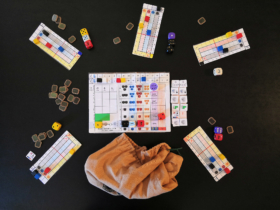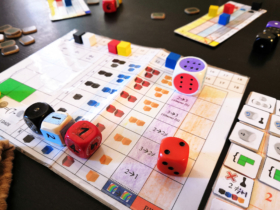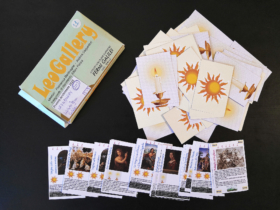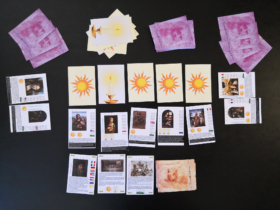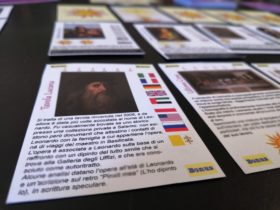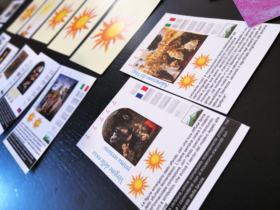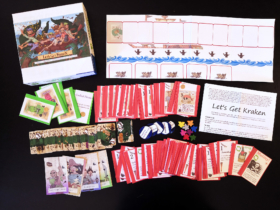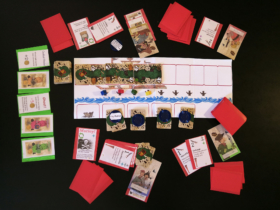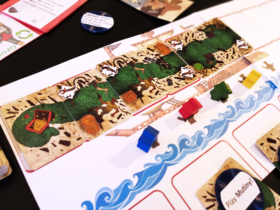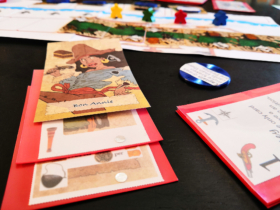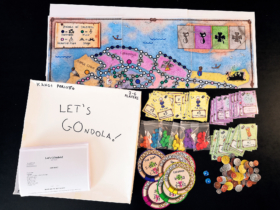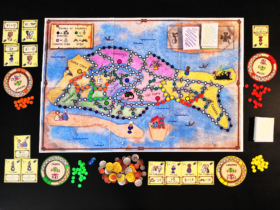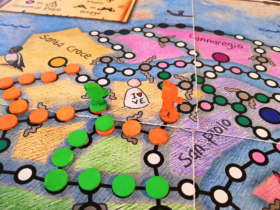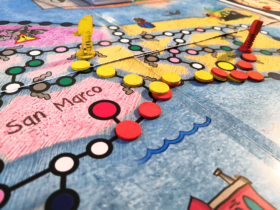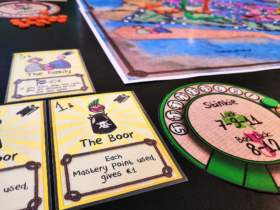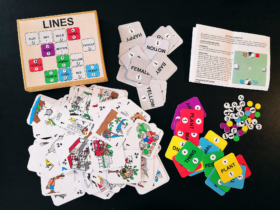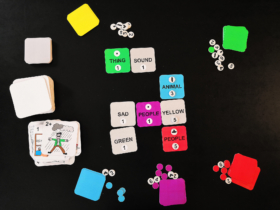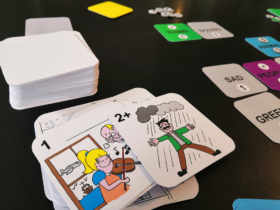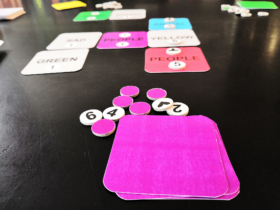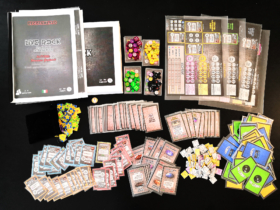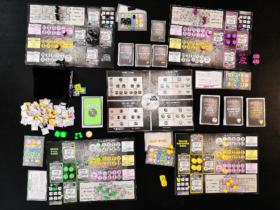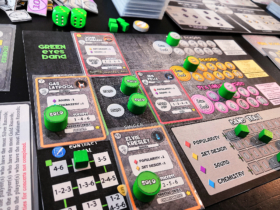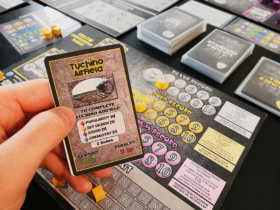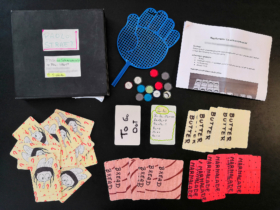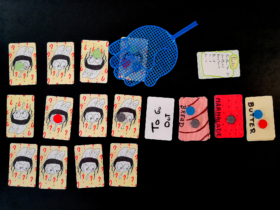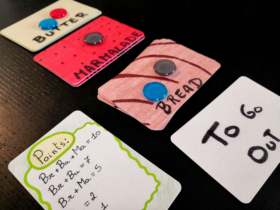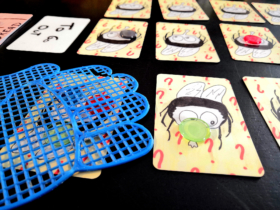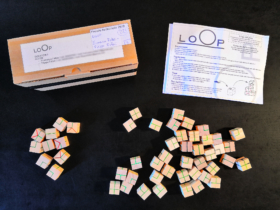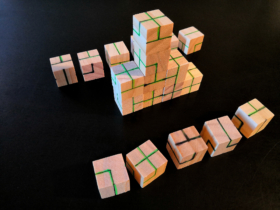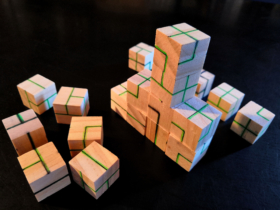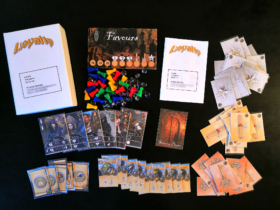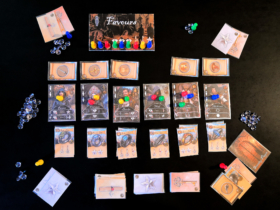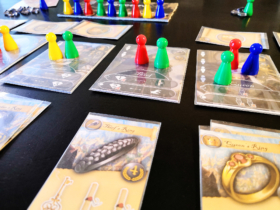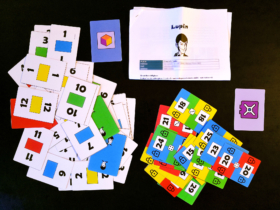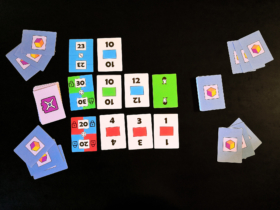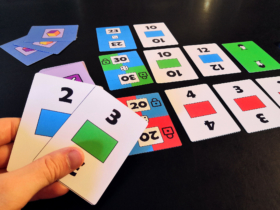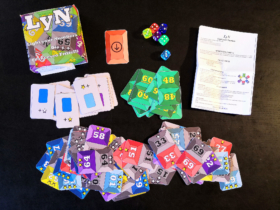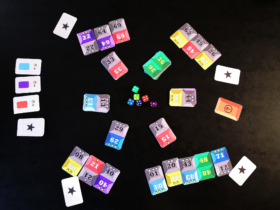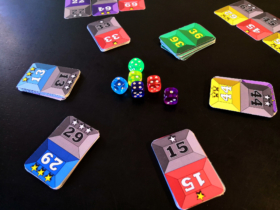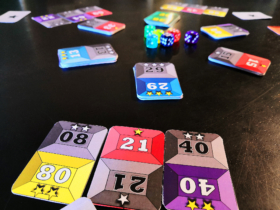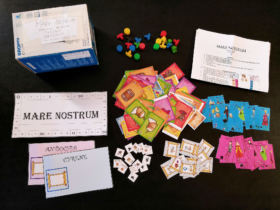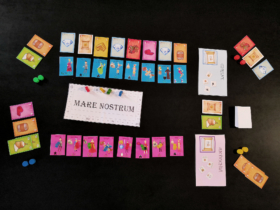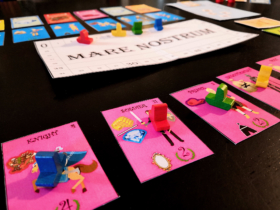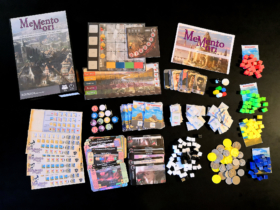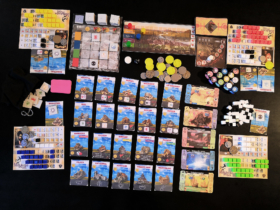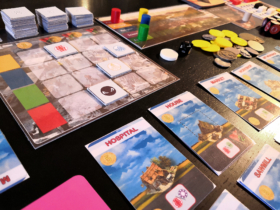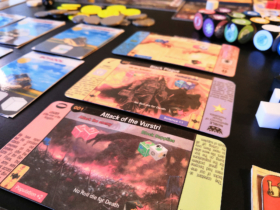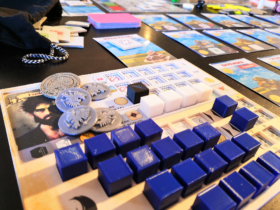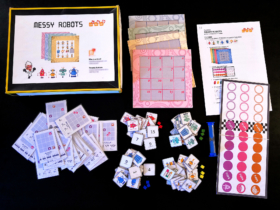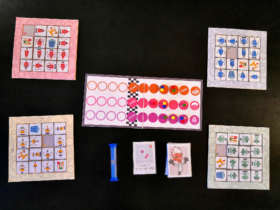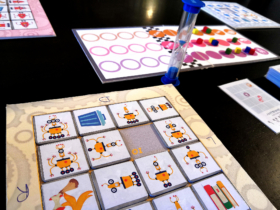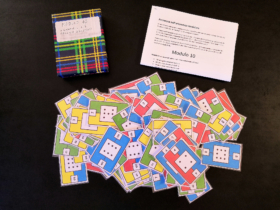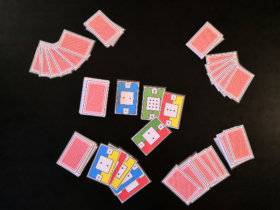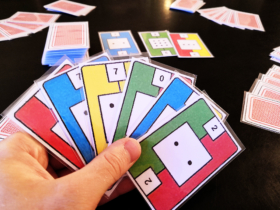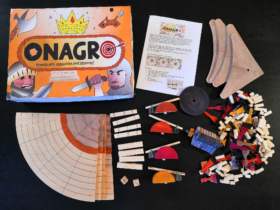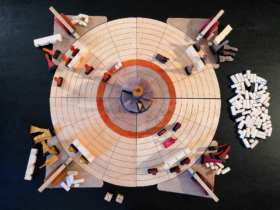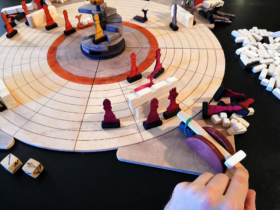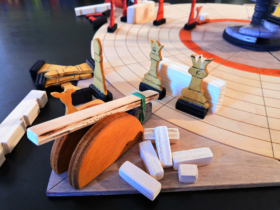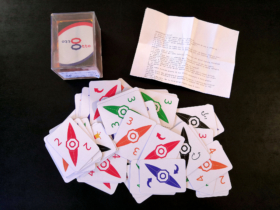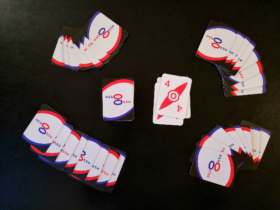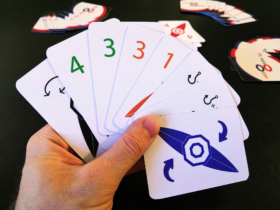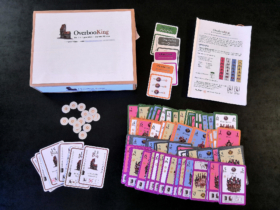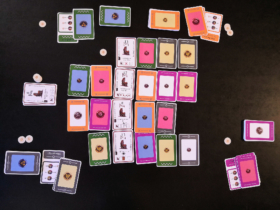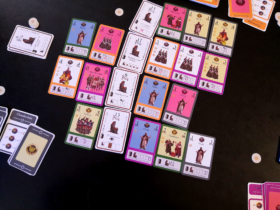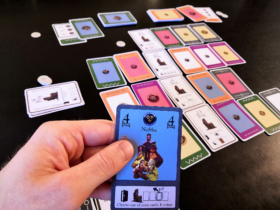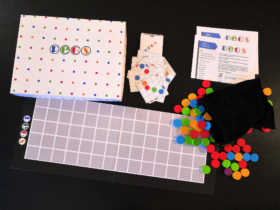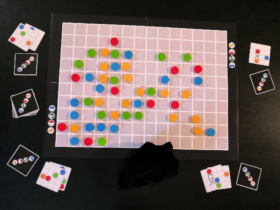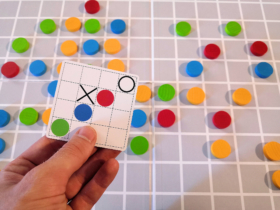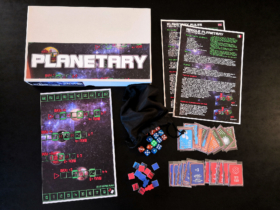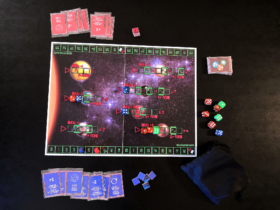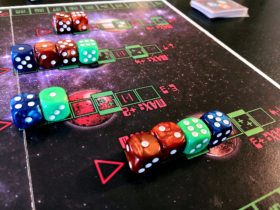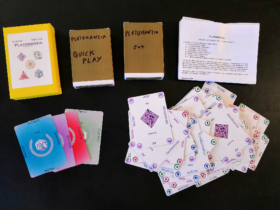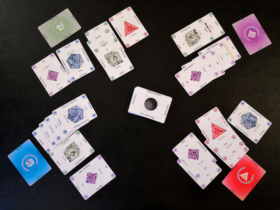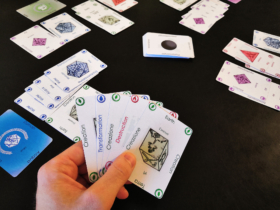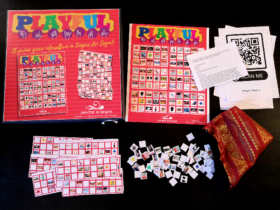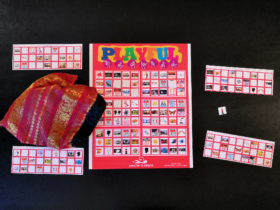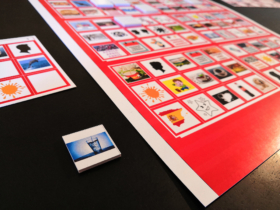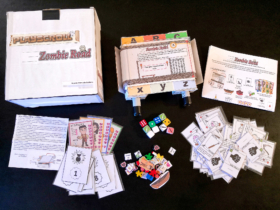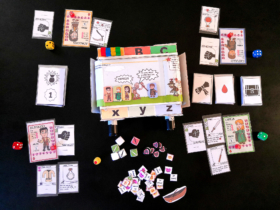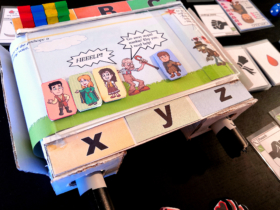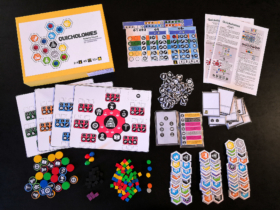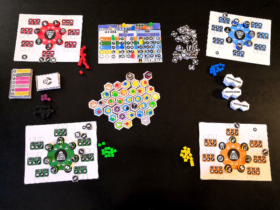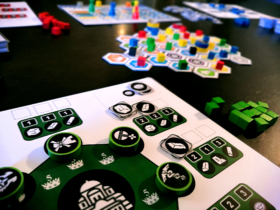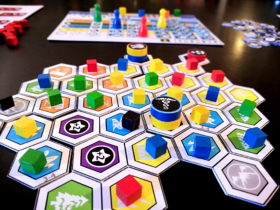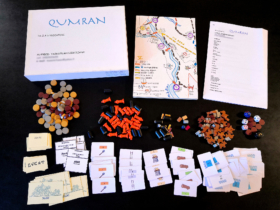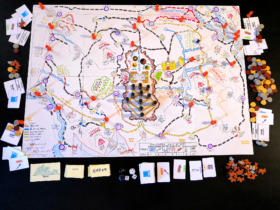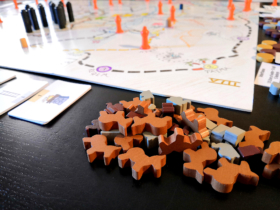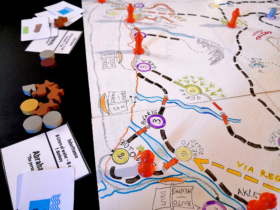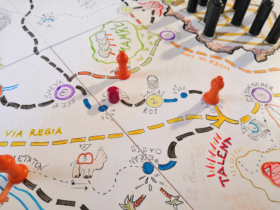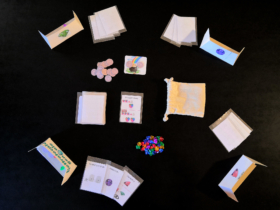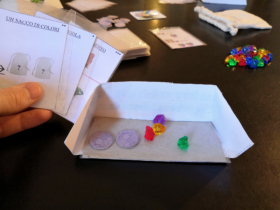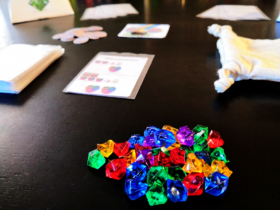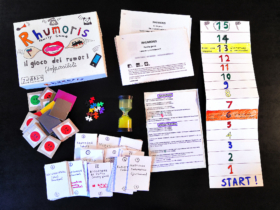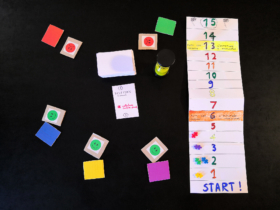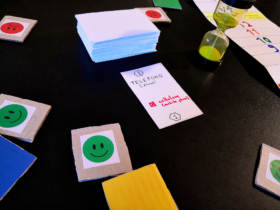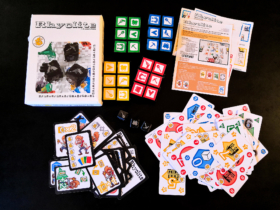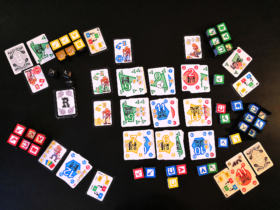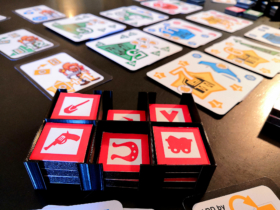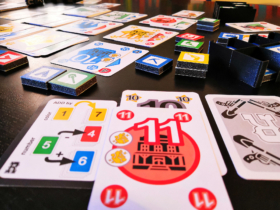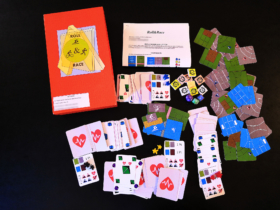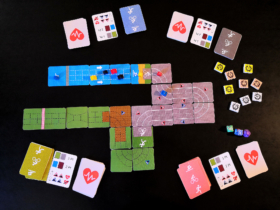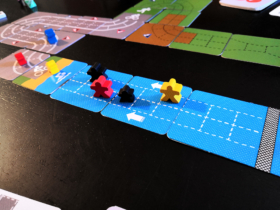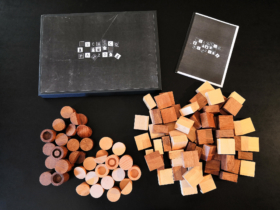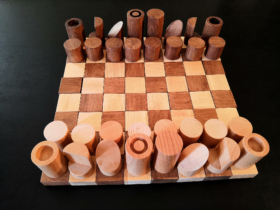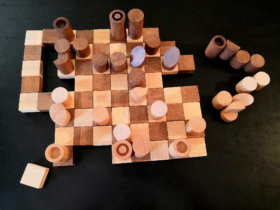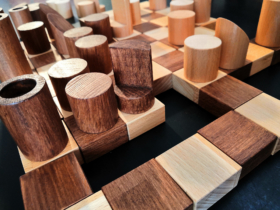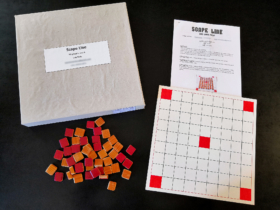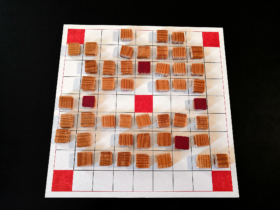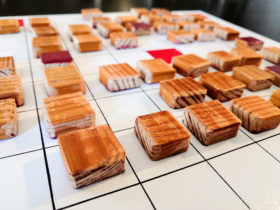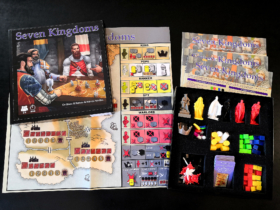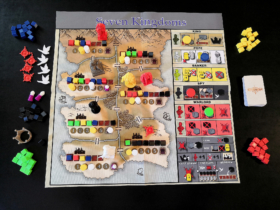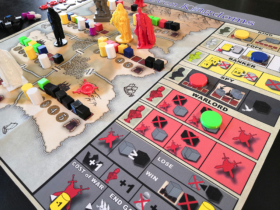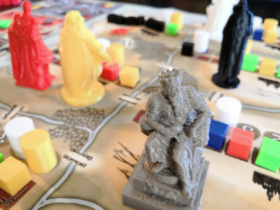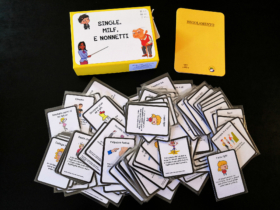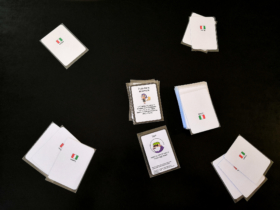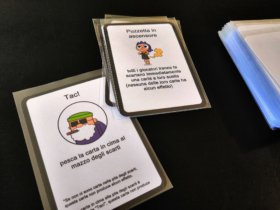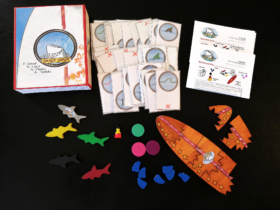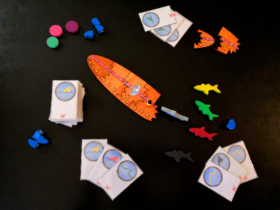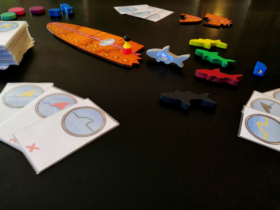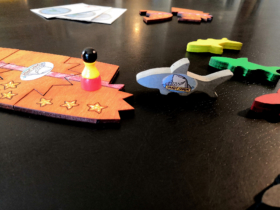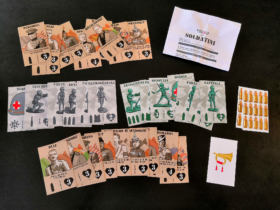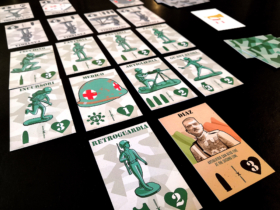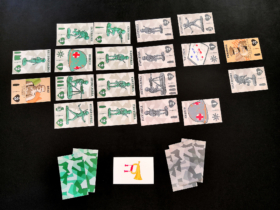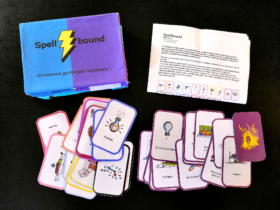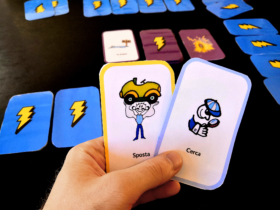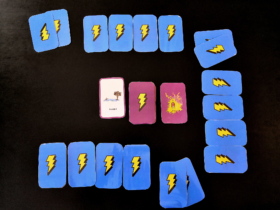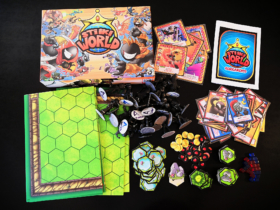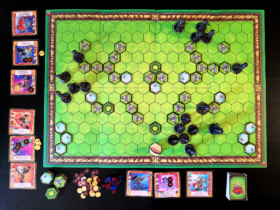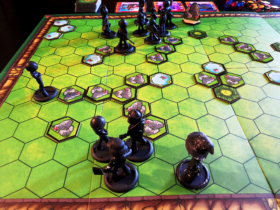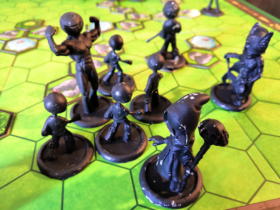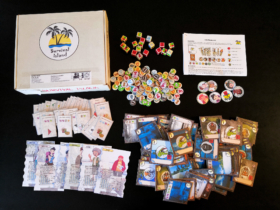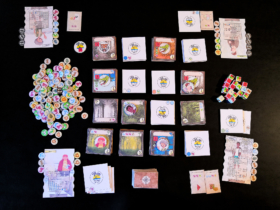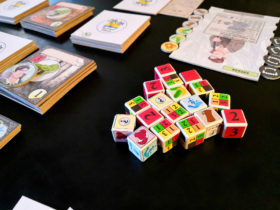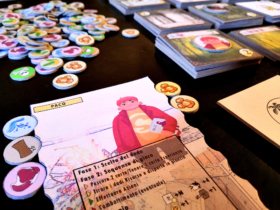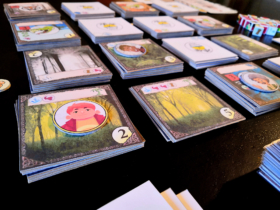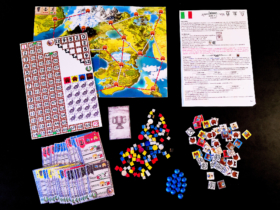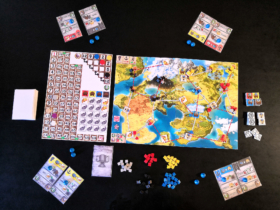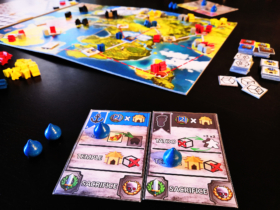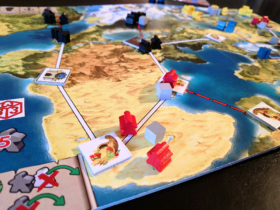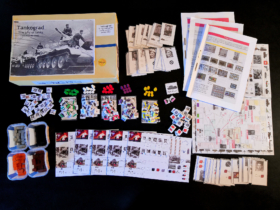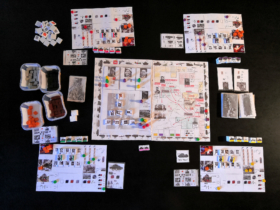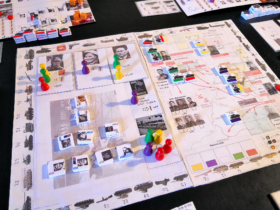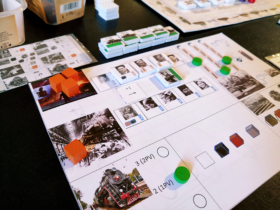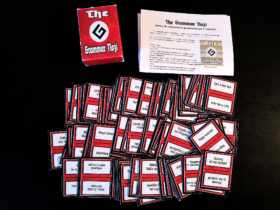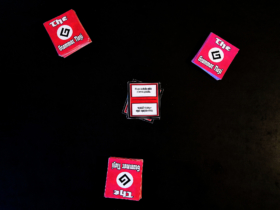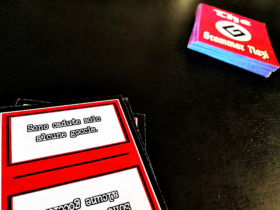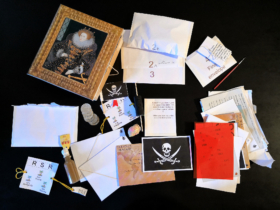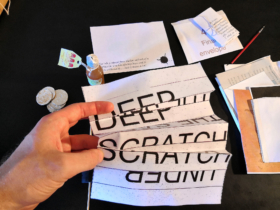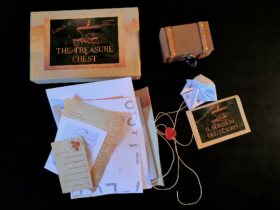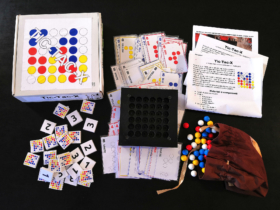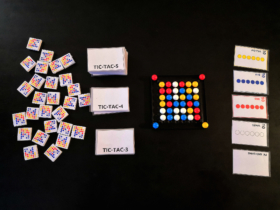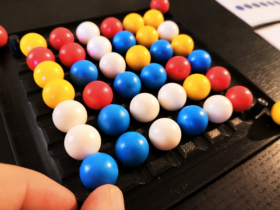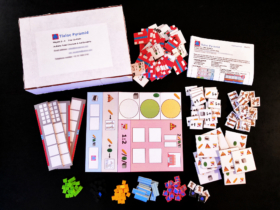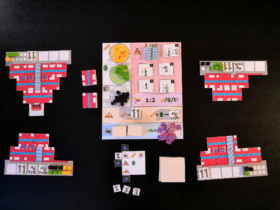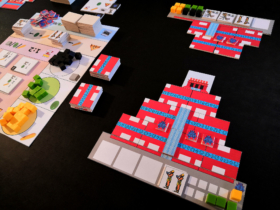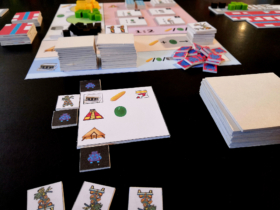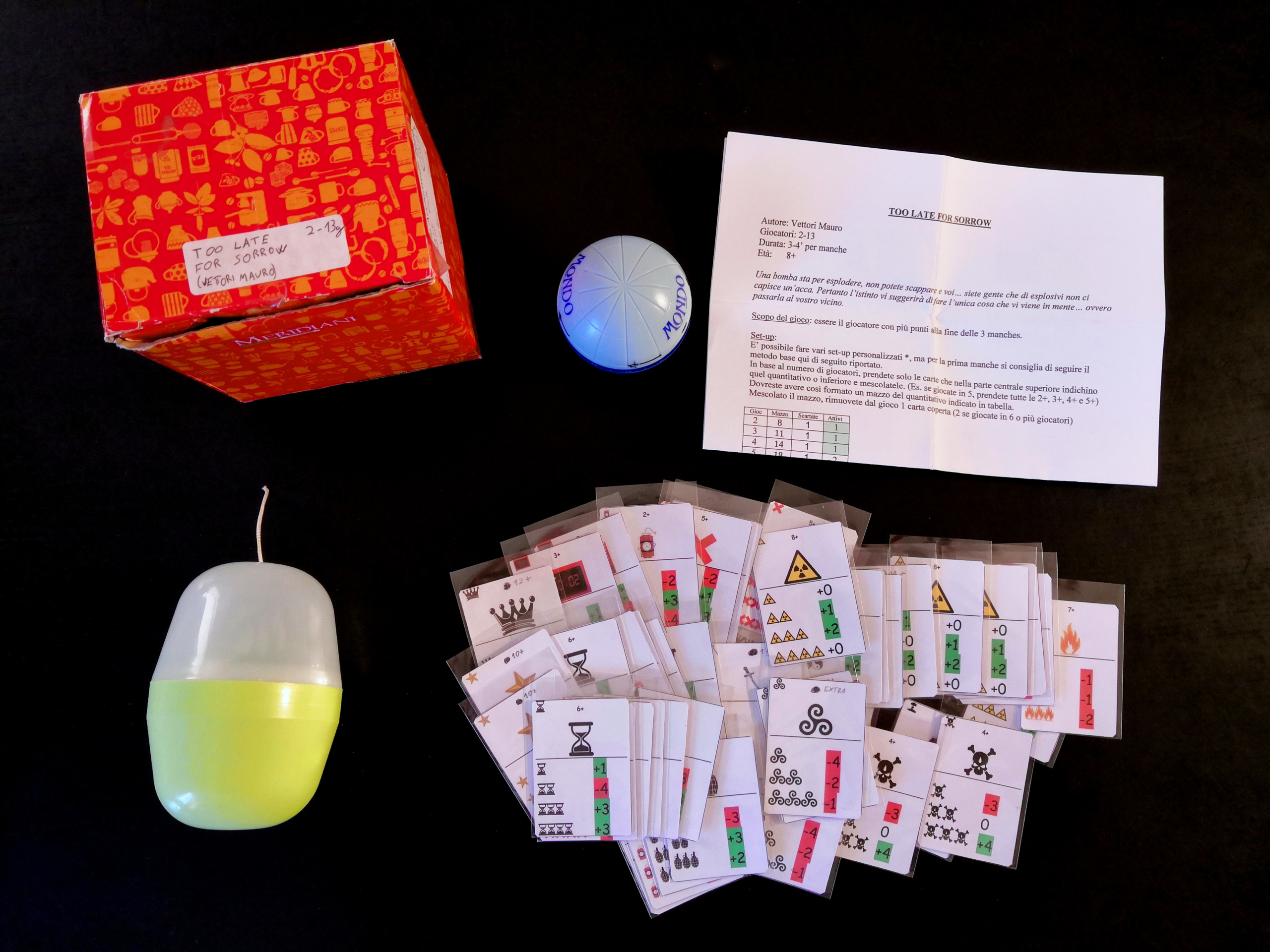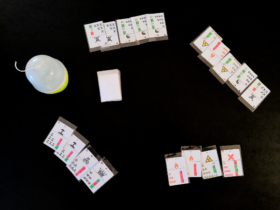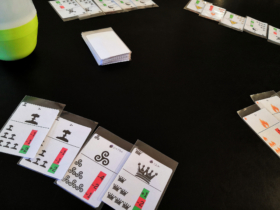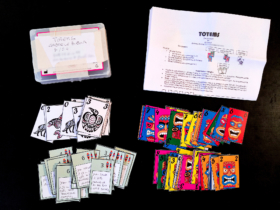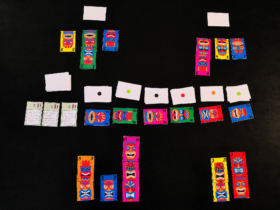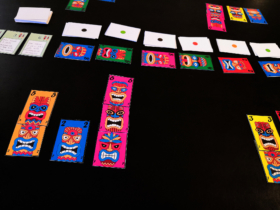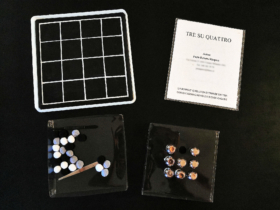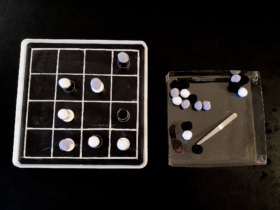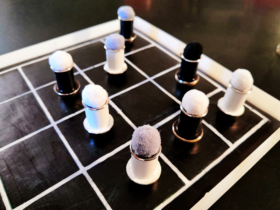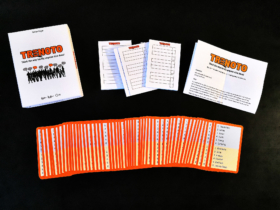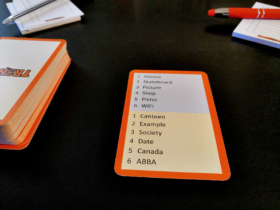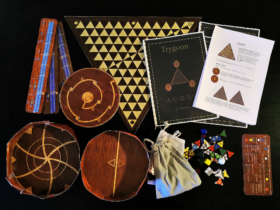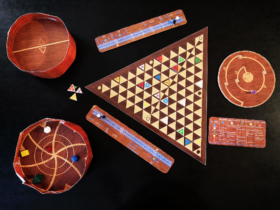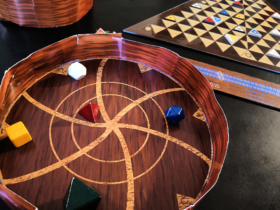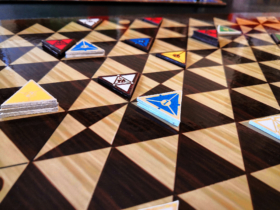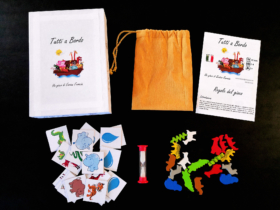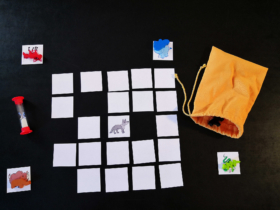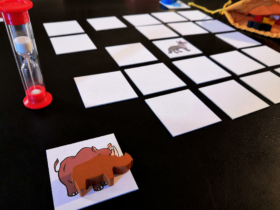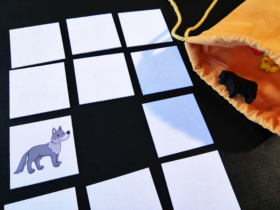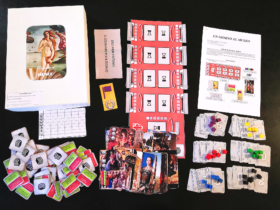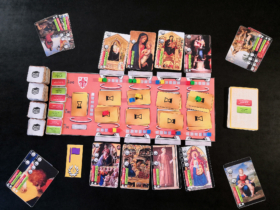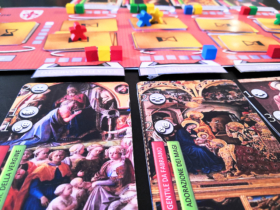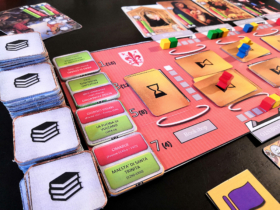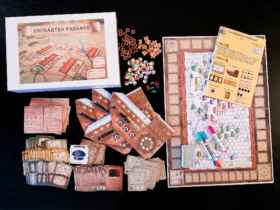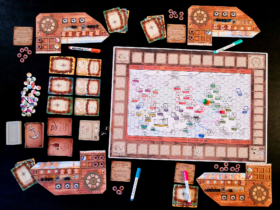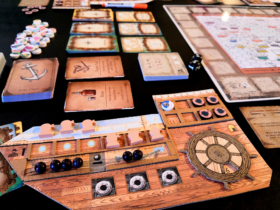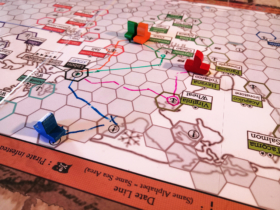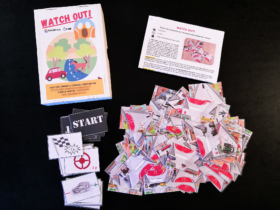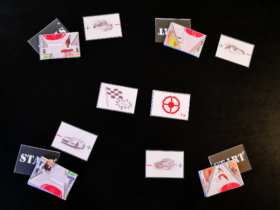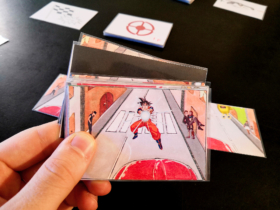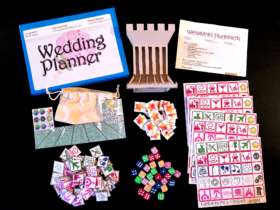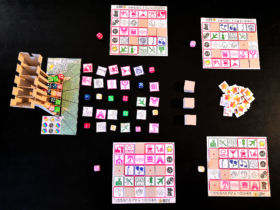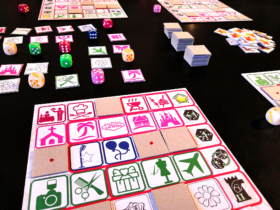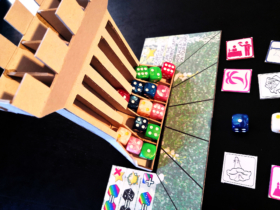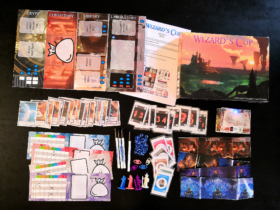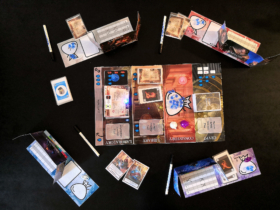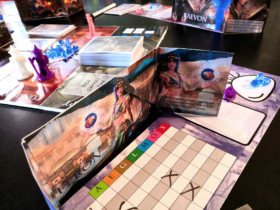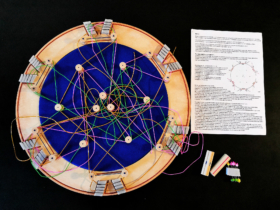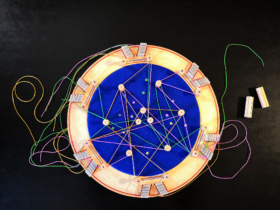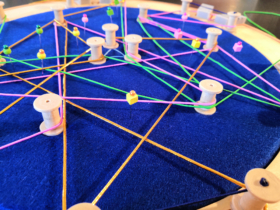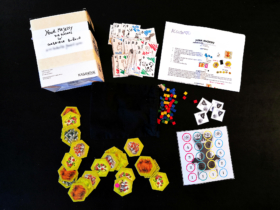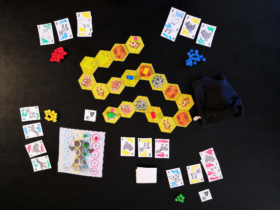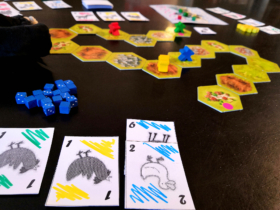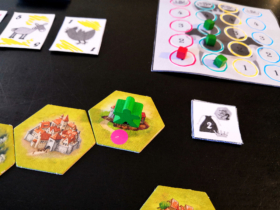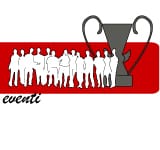
Press review
-
-
- La Voce di Venezia – 17/9/21
- La Voce di Venezia – 30/9/21
- La Voce di Venezia – 4/10/21
- Non Solo Cinema – 21/9/21
- VeneziaToday – 21/9/21
- Chioggia News 24 – 21/9/21
- Gente Veneta – 22/9/21
- Day Italia News – 29/9/21
- Day Italia News – 1/10/21
- Geos News – 30/9/21
- AT News – 30/9/21
- AT News – 5/10/21
- AT News – 10/10/21
- Il Giornale di Vicenza – 2/10/21
- Spreaker – 4/10/21
- Tempo – 4/10/21
- iVoox – 4/10/21
- Il Resto del Carlino Modena – 5/10/21
- Voce – 5/10/21
- Gazzetta di Modena – 5/10/21
- il Friuli.it – 6/10/21
- Corriere del Veneto – 7/10/21
- Antenna Tre – 9/10/21
- Metropolitano.it – 16/10/2021
-
Interviews

PREMIO ARCHIMEDE 2021 – final cut (Eng. sub)
The final cut video of the Premio Archimede 2021 with voting and announcement of winners, is finally available!
OVERBOOKING by FILIPPO LANDINI WINS THE PREMIO ARCHIMEDE 2021
FINAL PRESS RELEASE
The victory of Premio Archimede 2021, the prestigious international award for unpublished games organized by studiogiochi in Venice, has been decided at the last vote, as it happens in the best board games! The last vote of the international jury is the decisive one for the overtaking, with the final victory assigned to OverbooKing, by the Emilian Filippo Landini who also gets the Cartamundi award for the best card game.
In second place with another twist two games: Un Giorno al Museo by Francesco Frittelli from Lastra a Signa (FI) and Watch Out! by Matteo Cimenti, Chiara Zanchetta and Carlo Rigon from San Giorgio di Nogaro (UD)
To complete the podium, Happy Fruits by Francesco Calvi from Chieti, only one point away from the honor placement in another exciting photo finish.
OverbooKing is a card game in which two to four chamberlain of the court will have to arrange, in the inns of the city, the greatest number of guests at the king’s party, managing their hand of guest cards, paying attention to the prestige points of each of them, but also to their nationalities. The aim of the game is to find accommodation for the greatest number of your Guest cards in the common inns, trying to get more Prestige points than the other players.
The author of the winning prototype is Filippo Landini, from Emilia, born in Carpi in 1970, obviously a great fan of games but in everyday life a degree in Architecture in Florence in 1999 and since 2013 owner of the Azero studio in his city.
“I absolutely did not expect victory”, says the author, “Because I consider it a simple card game, certainly successful but I didn’t think it had the complexity that would please the expert jury. Evidently they are actually more experienced than me and have seen that little bit more. I’ve been making games for fun for about three years. In my area there is an excellent group of players and authors to whom I owe a lot of my experience and skills, starting with those who live in my city, Carlo Rossi, who “anticipated” me in my career and in the Archimede award and the which I hope to follow in my footsteps as an author “.
“The winning game struck the jury”, explains Dario De Toffoli, “For a mechanic that is simple to understand but with many variations during the game that make it highly tactical. I think that, as often happened to the winners of the Archimedes prize and to almost fifty prototypes presented over the years, it will certainly have an international publication as well ”.
SPECIAL AWARDS
To underscore the international value of the prize, the Sebastiano Izzo Mention, assigned by Dario De Toffoli, president of studiogiochi, flies to Spain to Ekohouse by Maria Castellevi Barnes and Roger Brunet Espinosa, from Premia del Mar for the prototype which – in the judge’s opinion – more would have been liked by the old playmate Sebastiano Izzo.
Cartamundi Special Prize for the best card game to OverbooKing which therefore doubles the awards.
AiG Award for Most Original Game Mechanics to Watch Out!
Fotonica in Gioco Award to Cromoladro by the Liceo Artistico E. Lussu – Sant’Antioco (SU), an adventurous hunt for thieves and fake works inside the museum.
Second place to LeoGallery by Istituto Fermi Galilei – Ciriè (Torino), and third place to Alchicromia by Istituto Pellati – Nizza Monferrato (Asti).
Special Scienza in Gioco Trophy to:
2099, La sfida del secolo by Paolo Agrippino, for a game that leads us to reflect on the great challenges of development and energy.
Fotonica in Gioco award special mentions to:
Ecogame – Istituto Fedi Fermi, Pistoia (PT) – best game to reflect and to change
Il miglior gioco da tavola periodica – Liceo Scientifico Delfico, Teramo (TE) – the most interactive and dynamic game of the competition.
La scientifica commedia – Liceo scientifico Majorana, Latina (LT) – special mention for the originality and quality of the prototype.
236 prototypes from Italy, but also from many other countries, including Mexico and the United States, participated in the 17th edition of the Archimedes Prize. All the games were played and judged with extreme attention by the preliminary jury, led by Leo Colovini and composed of Giuseppe Baggio, Piero Modolo, Federico Colovini and Dario Zaccariotto.
At the same time as the online exhibition of the 110 prototypes were selected by the preliminary jury and admitted to the final stages, the 17 actual finalists were then chosen, all characterized by new and original ideas, of a level that increases dramatically with each edition.
The final jury saw the presence of representatives of the main national and international gaming companies.
The names gathered in Venice are those of:
Moritz Brunnhofer (Hans im Glück, Germany), Thomas Cauet (Asmodée, France), Stefano De Carolis (Giochi Uniti, Italy), Michele Garbuggio (CMON, Singapore), Thorsten Gimmler (Ravensburger, Germany), Simone Luciani (Cranio Creations, Italy), Umberto Rosin (Tana dei Goblin, Italy), Dieter Strehl (Piatnik, Austria), Hadi Barkat (Helvetiq, Switzerland), Klaus Ottmaier (Pegasus, Germany), Hermann Hutter (HUCH!, Germany), Holger Grimm and Miriam Donda (Amigo, Germany), Ulrich Fonrobert (Queen Games, Germany), Michael Bruinsma, Erik De Jong and Flo de Haan (999 games, Netherlands), to which must be added Gonzalo Aguirre Bisi and Veronica Emer (Thundergryph, Spain), Kevin Kichan Kim (Mandoo Games, Korea), Wolfgang Lüdtke (Kosmos, Germany), Jay Tummelson (Rio Grande Games, USA) and Bernd Brunnhofer (Hans im Glück, Germany).
The jury carried out its work helped and assisted by the staff of the Palazzo Barbarigo hotel, which was the prestigious venue of the selection for three days, overlooking the Grand Canal to “distract” the jurors and the comfort given by a unique location in a Venetian palace of the sixteenth century.
A special mention goes to Umberto Rosin who, as an expert rower as well as a player, together with Rossana Nardo made the jurors experience the thrill of a ride on the Grand Canal with a historic rowboat.
The work of the studiogiochi staff was very precious in organizing the site, the secretariat, the graphics, the video and the photos (Cristiana Giuriato, Rossana Nardo and Caterina Vettore), with the collaboration of Fabrizio Berger, Marco Mion and Benedetta Socal.
Premio Archimede 2021 – Ranking
Winner
OverbooKing by Filippo Landini
2nd place
Un giorno al Museo by Francesco Frittelli
and
Watch Out! by Matteo Cimenti, Chiara Zanchetta, Carlo Rigon
4th place
Happy Fruits by Francesco Calvi
5th place
Your Majesty of Gabriele Bubola
6th place
Tankograd by Marcello Mugnai
7th place
EkoHouse by Maria Castellvi Barnes, Roger Brunet Espinosa
8th place
Leave and Let Dice by Mauro Vettori
9th place
Loyalty by Nicholas Paschalis
10th place
7 Guilds by Mario Quartana
11th place
Tlaloc Pyramid of Joel Escalante, Rafael Escalante
12th place
Dead Man’s Chests by Marco Guidara
13th place
Rhyolite by Alessandro Dentis
14th place
Hackers by Davide Sassoli
15th place
Memento Mori di Stefano Ancillai, Tiziano Palazzotti
16th place
Crazy Party by Banana C. Games
17th place
Planetary by Luca Frascatani
VOTING AND PRIZE GIVING CEREMONY
Sunday 3 October 2021 at 9:00 p.m.
The Premio Archimede 2020/21 is about to end. They have been two difficult years, and until the end we tried to keep open the possibility of having the awards ceremony with the participation of the public and the physical exhibition of the prototypes of the long list.
Unfortunately, for logistic and regulation issues this will not be possible.
However, the final jury will still meet, almost in full force, to play and vote for the finalists and on Sunday 3 October 2021 at 9:00 p.m. the Premio Archimede 2021 will finally come to an end with the announcement of the winners, which will take place with a video broadcast through a première on the YouTube channel of studiogiochi.
For this edition there will therefore be no ceremony open to the public or physical exhibition of the prototypes (you can however view all the prototypes of the long list through the online photo exhibition).
Here will also be published other content, interviews, presentation of the finalists, etc…
At the same time, various collateral prizes will also be awarded: Sebastiano Izzo Special Mention, Cartamundi Special Trophy, AiG Special Trophy, Special Science in Gioco Trophy.
Finally, the Fotonica in Gioco competition organized by IFN-CNR will also end, which will award the three best games on a given theme created by schools of the whole Italy.
We are ready to host the final jury in Venice, and we have no doubt that for all the jurors it will be an unforgettable experience!
And, to top it off, we can’t wait to discover the most popular titles and the winner!
PREMIO ARCHIMEDE 2020/2021 is organized by studiogiochi and it concerns the creation of new, original boardgames.
The award is entitled to the incredible Alex Randolph, president of the first seven editions, and, so far, it has helped more than 40 authors in making the dream of having their game published come true. Participation is open to singles or groups, with no age or residence restrictions.
The award is organized in collaboration with the City of Venice within an ampler framework of initiatives aimed at spreading the game culture – also as a means of preventing the rampant gambling disorders – and it is recognized by SAZ (Spiele-Autoren-Zunft), the International Game Designers Association.
The Musée Suisse du Jeu will house a display of both the finalist games and the Special Trophies winners.
The Award is also recognized by PlayRes, by UISP (Unione Italiana Sport per Tutti), and by GioNa (Associazione Nazionale delle Città in Gioco) for its socio-cultural and inclusive values, and for its ability in bringing people together, as a recreational activity that promotes the right to play for everyone and at any age.
Thanks to the publishers’ support (so far have joined 999 Games, Amigo, Asmodee, Cartamundi, CMON, Cranio Creations, Giochi Uniti, Hans im Glück, HUCH!, Kosmos, Mandoo Games, Oliphante2, Pegasus Spiele, Piatnik, Queen Games, Ravensburger, Rio Grande Games, ThunderGryph Games, and other companies are in the process of finalizing their contribution) the winning authors will receive €3.500 in advance on the future royalties accrued through the publication of their games.
In addition to the Premio Archimede, the Jury will also assign several other awards, trophies and special prizes, such as:
• Special Mention Sebastiano Izzo to the game that would have been a favorite of Sebastiano Izzo, unforgotten “game buddy” that we like to honor in each edition.
• Special Trophy Cartamundi to the best card game. Thanks to Cartamundi support, €500 will be granted in advance on future royalties of the game.
• Special Trophy AIG (Autori In Gioco) to the game with the most innovative mechanics.
• Special Trophy Scienza in Gioco to the best science-themed game with educational and informative purposes, assigned by the Photonic and Nanotechnology Institute of the Consiglio Nazionale delle Ricerche (IFN – CNR).
You can download the Premio Archimede 2020 Notice of Competition from the top left menu.
JURY
There will be two separate juries, working in different phases of the competition. During the first phase the only input will be from the Selection Jury, as of now composed by:
This Jury will rank the games by the following features (in order of importance):
- Originality of the game’s mechanics
- Playability, balance and functionality of the mechanics
- Fun
- Publishing potential, i.e. the possibility that the game will be taken into consideration by a publisher
- Theme coherence
- Prototype’s functionality and understandability of the rules
The Jury will reveal the Grossa-lista roughly a month before the day of the final, i.e. the list of the worthiest titles (it usually includes 50% of the participants).
After this, the list will be further skimmed to get to the Fina-lista (which generally includes 15-20 titles) to submit to the Final Jury.
At the moment, the Final Jury is composed by:
In the weeks before the final voting, the jurors will test all the finalist games, recording their impressions in secret and choosing their favorite games. The final ranking will be entirely based upon the sum of the points received by each game.
Both juries will make use of the consultation and collaboration of F. Bortolato, G. Franceschini, C. Giuriato, C. Manfren, G. Marchesin, R. Nardo and selected playtesters.
Jurors 2018
THE LONG-LIST
The magnificent 110… Magna cum laude!
After several months of meticulous hard work, the preliminar Jury has selected the 110 games that will move on to the next step of the Archimede Prize 2021. Here they are, strictly in alphabetical order!
Soon will be available the (virtual!) exhibition with all the selected games.
Many of the games that didn’t pass the selection were not without merit, but alas! since this is a contest, a selection needed to be made.
Authors of the games that didn’t make the Long-List – should they wish to – can ask for a feedback from the Jury at archimede@studiogiochi.com
| Games | Authors |
| 4 punti |  Sanzio Pedersoli Sanzio Pedersoli |
| 7 Guilds |  Mario Quartana Mario Quartana |
| Alchicromia |  Istituto Pellati, Nizza Monferrato (Asti) – Fotonica in gioco Finalist Istituto Pellati, Nizza Monferrato (Asti) – Fotonica in gioco Finalist |
| Artistik |  Maria Castellvi Barnes, Roger Brunet Espinosa Maria Castellvi Barnes, Roger Brunet Espinosa |
| Aster & Anguis |  Isacco Frigerio, Fabio Sacchi Isacco Frigerio, Fabio Sacchi |
| Astralis (cacciatori di stelle) |  Tannhäuser Gatekepeers (Clint Bosi, Roberto Fadigati, Bruno Sparpaglione) Tannhäuser Gatekepeers (Clint Bosi, Roberto Fadigati, Bruno Sparpaglione) |
| B’Asta! |  Riccardo Sora Riccardo Sora |
| Back to the Moon |  Francesco Frittelli Francesco Frittelli |
| Bandit Guilds |  Félix Bernat Julián Félix Bernat Julián |
| BeesBiz |  Paula Haase, Elisa Dalmaso, Chiara Menotti, Moritz Haase, Frida Haase, Albrecht Haase Paula Haase, Elisa Dalmaso, Chiara Menotti, Moritz Haase, Frida Haase, Albrecht Haase |
| Black Ball |  Nazareno Signoretto Nazareno Signoretto |
| Boogie Boogie |  Diego Allegrini Diego Allegrini |
| Bust |  Jason Kieronski Jason Kieronski |
| Cardlabirinto |  Paolo Straet Paolo Straet |
| Casinò Italia |  Marcello Bertocchi Marcello Bertocchi |
| Castel Rock |  Alessandro Saragosa, Eva Saragosa Alessandro Saragosa, Eva Saragosa |
| Cercatori di Nuvole |  Stefano Bonati Stefano Bonati |
| Che Pizza! 2 |  Teodoro Mitidieri Teodoro Mitidieri |
| Città del Rinascimento |  Enrico Feresin Enrico Feresin |
| Cocoon |  Alfonso Mastrantonio, Andrea Varone Alfonso Mastrantonio, Andrea Varone |
| Color Empire |  Andrea Martinetti Andrea Martinetti |
| Crazy Party |  Banana C. Games Banana C. Games |
| Cromoladro |  Liceo Artistico Lussu, Sant’Antioco (Carbonia – Iglesias) – Fotonica in gioco Finalist Liceo Artistico Lussu, Sant’Antioco (Carbonia – Iglesias) – Fotonica in gioco Finalist |
| Dead Man’s Chests |  Marco Guidara Marco Guidara |
| Diggin’ Klondike |  Michele Bortolotti, Andrea Lasta Michele Bortolotti, Andrea Lasta |
| Dragon Farm |  Joel Escalante, Rafael Escalante Joel Escalante, Rafael Escalante |
| EkoHouse |  Maria Castellvi Barnes, Roger Brunet Espinosa Maria Castellvi Barnes, Roger Brunet Espinosa |
| Esagon |  Francesco Braga Francesco Braga |
| Fabrica |  Maurizio Turinetto Maurizio Turinetto |
| Flea & Co. |  Peter Verhaeghe Peter Verhaeghe |
| Formularium |  Fabrizio Tronchin Fabrizio Tronchin |
| Gli Artisti del Rinascimento |  Paolo Straet Paolo Straet |
| Gli Eredi di Dragonia |  Massimo Pallotti, Klara Pallotti, Marek Pallotti, Samuel Pallotti, Lenka Pallotti Massimo Pallotti, Klara Pallotti, Marek Pallotti, Samuel Pallotti, Lenka Pallotti |
| Go Go Go |  Teodoro Mitidieri Teodoro Mitidieri |
| Granciporro |  Paulina Wioleta Miroslawska Paulina Wioleta Miroslawska |
| Gutenberg: the Expansion of the Printing Press |  Raúl Fernandez Aparicio, José Gallego Leal Raúl Fernandez Aparicio, José Gallego Leal |
| Hackers |  Davide Sassoli Davide Sassoli |
| Happy Fruits |  Francesco Calvi Francesco Calvi |
| I Portali di Vega |  Damiano Marzotto Damiano Marzotto |
| Il Labirinto di Hermes |  Domenico Cicellini Domenico Cicellini |
| Il Mostro nel Cassetto |  Renato Millioni Renato Millioni |
| Il Sacrificio di Quetzalcoatl |  Massimiliano Cuccia Massimiliano Cuccia |
| In Jane’s world |  Irene Fraschetti Irene Fraschetti |
| Incantesimi e Draghi |  Diego Allegrini Diego Allegrini |
| Iwoki Maths |  Santiago Videgain Diaz Santiago Videgain Diaz |
| Kasparov Banlieue |  Ivan Gariboldi Ivan Gariboldi |
| Kayak |  Paolo Straet Paolo Straet |
| L’Ultimo Sorso |  Francesco Sciacqua Francesco Sciacqua |
| La Grande Roue |  Massimo Borzì, Rosaria Battiato Massimo Borzì, Rosaria Battiato |
| La Granita |  Paolo Straet Paolo Straet |
| Le 4 dame |  Agostino Recchia Agostino Recchia |
| Le 9 Lettere |  Lorenzo Martinelli Lorenzo Martinelli |
| Leave and Let Dice |  Mauro Vettori Mauro Vettori |
| LeoGallery |  Istituto Fermi Galilei, Ciriè (Torino) – Fotonica in gioco Finalist Istituto Fermi Galilei, Ciriè (Torino) – Fotonica in gioco Finalist |
| Let’s Get Kraken |  Orin Bishop Orin Bishop |
| Let’s GOndola |  Kangi Periotto, Ana Hajdari Kangi Periotto, Ana Hajdari |
| Lines |  Cielo D’Oro Cielo D’Oro |
| Live Rock |  Francesco Gagliardi Francesco Gagliardi |
| Lo Schiacciamosche |  Paolo Straet Paolo Straet |
| Loop |  Francesco Falleri, Filippo Falleri Francesco Falleri, Filippo Falleri |
| Loyalty |  Nicholas Paschalis Nicholas Paschalis |
| Lupin |  Alberto Colombo Alberto Colombo |
| LyN |  Francesco Frittelli Francesco Frittelli |
| Mare Nostrum |  Gabriele Bubola Gabriele Bubola |
| Memento Mori |  Stefano Ancillai, Tiziano Palazzotti Stefano Ancillai, Tiziano Palazzotti |
| Messy Robots |  Rosaria Battiato, Massimo Borzì Rosaria Battiato, Massimo Borzì |
| Modulo 10 |  Agostino Recchia Agostino Recchia |
| Onagro |  Gabriele Coraggio Gabriele Coraggio |
| Otto |  Vincenzo Carlone Vincenzo Carlone |
| OverbooKing |  Filippo Landini Filippo Landini |
| Pegs |  Alberto Poles, Sara Piovesan Alberto Poles, Sara Piovesan |
| Planetary |  Luca Frascatani Luca Frascatani |
| Platomanzia |  Alberto Menoncin Alberto Menoncin |
| PlayFul |  Raffaella Cucchi, Stefania Merlo, Federica Focaracci, Federica Miralli Raffaella Cucchi, Stefania Merlo, Federica Focaracci, Federica Miralli |
| Playscroll – Zombie Road |  Manuele Giuliano Manuele Giuliano |
| Quickolonies |  Roberto Tibuzzi Roberto Tibuzzi |
| Qumran |  Massimiliana Varnier Massimiliana Varnier |
| Rainbow Jems |  Mauro Vettori Mauro Vettori |
| Rhumoris: Family Game |  Sandro Tubino Sandro Tubino |
| Rhyolite |  Alessandro Dentis Alessandro Dentis |
| Roll & Race |  Francesco Frittelli Francesco Frittelli |
| Scacco Pazzo |  Francesco Braga Francesco Braga |
| Scape Line |  Luís Miguel Dinis Luís Miguel Dinis |
| Seven Kingdoms |  Simone Ancillai, Stefano Ancillai Simone Ancillai, Stefano Ancillai |
| Single Milf e Nonnetti |  Matteo Villani Matteo Villani |
| Smart Shark |  Alessia Luca, Tino Dessì, Andrea Piano, Andrea Sandu Alessia Luca, Tino Dessì, Andrea Piano, Andrea Sandu |
| Soldatini |  Valerio Frau, Roberto Donati Valerio Frau, Roberto Donati |
| Spellbound |  Ilaria Capra Ilaria Capra |
| Stiiki World |  Alessio Barilotti, Marco Arbau Alessio Barilotti, Marco Arbau |
| Survival Island |  Luca Morigi, Pier Damiano Bandini Luca Morigi, Pier Damiano Bandini |
| Taiwan – 6000 A.C. |  Eric Orel Eric Orel |
| Tankograd |  Marcello Mugnai Marcello Mugnai |
| The Grammar Nazi |  Andrej Prassel Andrej Prassel |
| The Pirate’s Secret |  Eleonora Chiari Eleonora Chiari |
| The Treasure Chest |  Eleonora Chiari Eleonora Chiari |
| Tic-Tac-X |  Matteo Sassi, Maurizio Giacometti Matteo Sassi, Maurizio Giacometti |
| Tlaloc Pyramid |  Joel Escalante, Rafael Escalante Joel Escalante, Rafael Escalante |
| Too Late for Sorrow |  Mauro Vettori Mauro Vettori |
| Totems |  Gabriele Bubola Gabriele Bubola |
| Tre su Quattro |  Paolo Roberto Maspero Paolo Roberto Maspero |
| Trenoto |  Stefan Mager Stefan Mager |
| Trygoon |  Stefano Cappello Stefano Cappello |
| Tutti a Bordo |  Enrico Feresin Enrico Feresin |
| Un giorno al Museo |  Francesco Frittelli Francesco Frittelli |
| Uncharted Passage |  Bonghwan Ju Bonghwan Ju |
| Watch Out! |  Matteo Cimenti, Chiara Zanchetta, Carlo Rigon Matteo Cimenti, Chiara Zanchetta, Carlo Rigon |
| Wedding Planner |  Francesca Giusti, Nestore Mangone Francesca Giusti, Nestore Mangone |
| Wizard’s Cup |  Lorenzo Tarabini Castellani Lorenzo Tarabini Castellani |
| Yantra |  Vincenzo Cianciullo Vincenzo Cianciullo |
| Your Majesty |  Gabriele Bubola Gabriele Bubola |
PHOTO EXHIBITION
Prototypes selected for the Long-list
Games’ descriptions – where provided – are written by the authors.
Set ups are for exhibition purpose and do not necessarily correspond to in-game situations. Photos by Piero Modolo.
JURY
THE JURY TRYING OUT THE GAMES
BACKSTAGE
PRIZES
BOAT TRIP
VIDEOS
Presentation by Leo Colovini
Roberta Ramponi, director of IFN – CNR, introducing the Fotonica in Gioco’s contest
Fabio Chiarello of IFN-CNR presents the 3 finalists of Fotonica in Gioco’s contest
Interview with Thorsten Gimmler (Ravensburger)
Interview with Dieter Strehl (Piatnik)
Interview with Moritz Brunnhofer (Hans im Glück)
Interview with Michael Bruinsma (999 games)
Interview with Stefano De Carolis (Giochi Uniti)
Interview with Michele Garbuggio (CMON)
Interview with Umberto Rosin (Tana dei Goblin)
The greeting of Kevin Kichan Kim (Mandoo Games)
The greeting of Ileana Xodo (Cartamundi)
The greeting of Furio Honsell
The greeting of Wolfgang Lüdtke (Kosmos)

